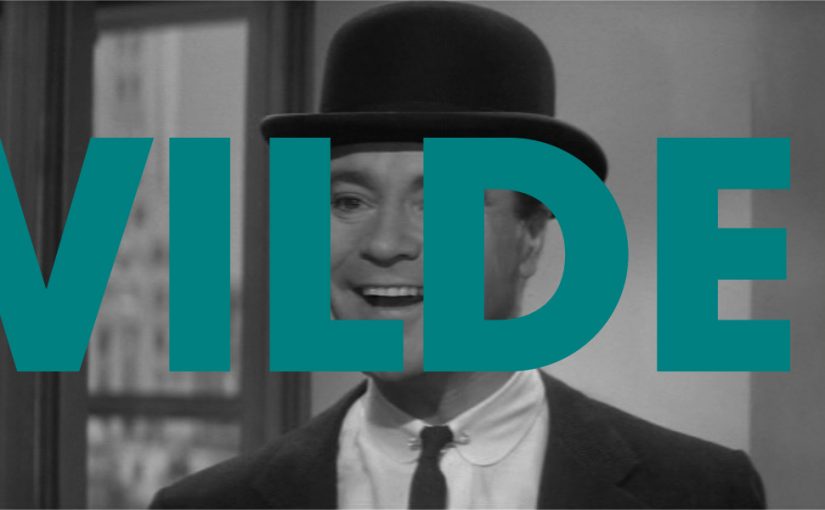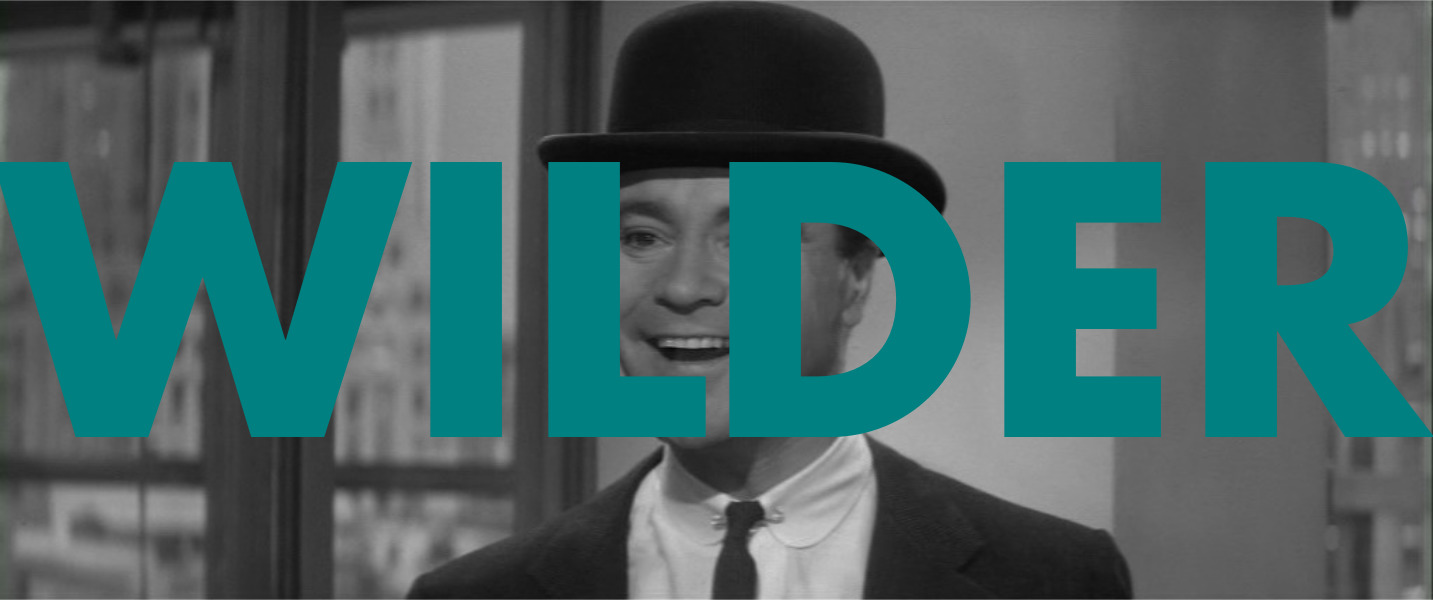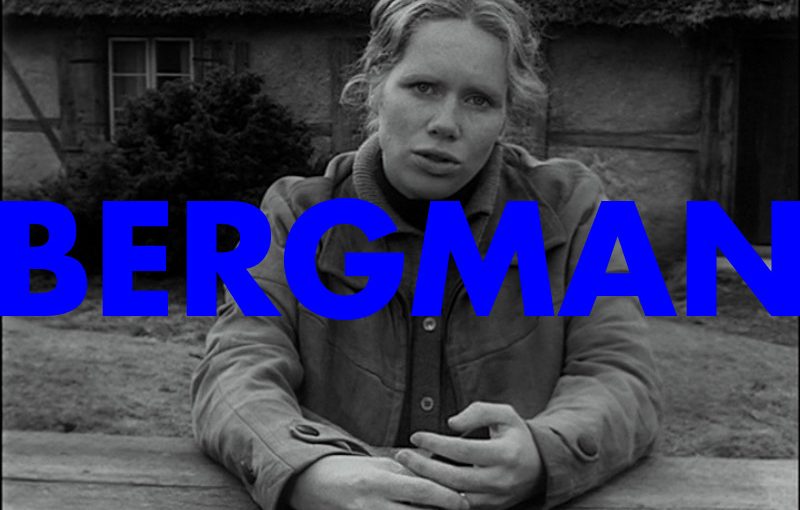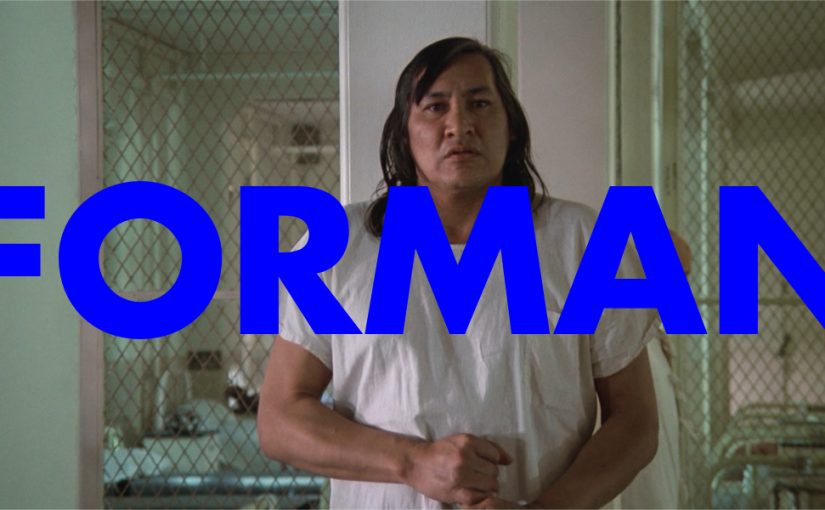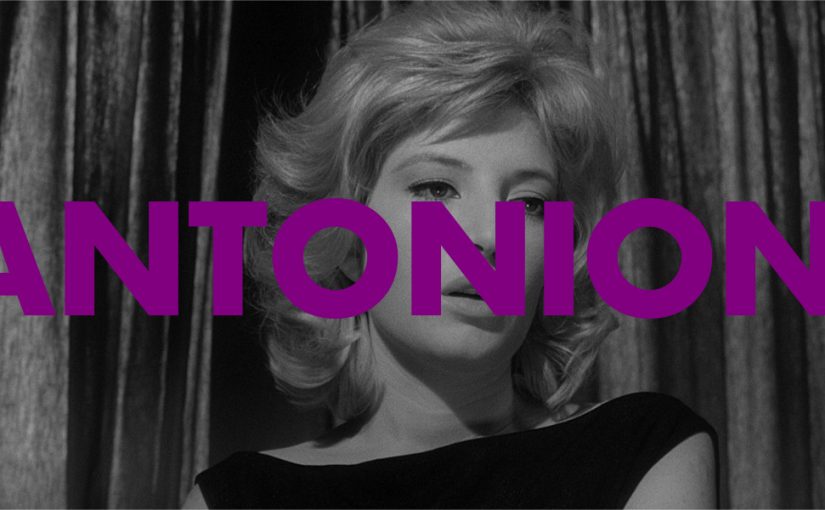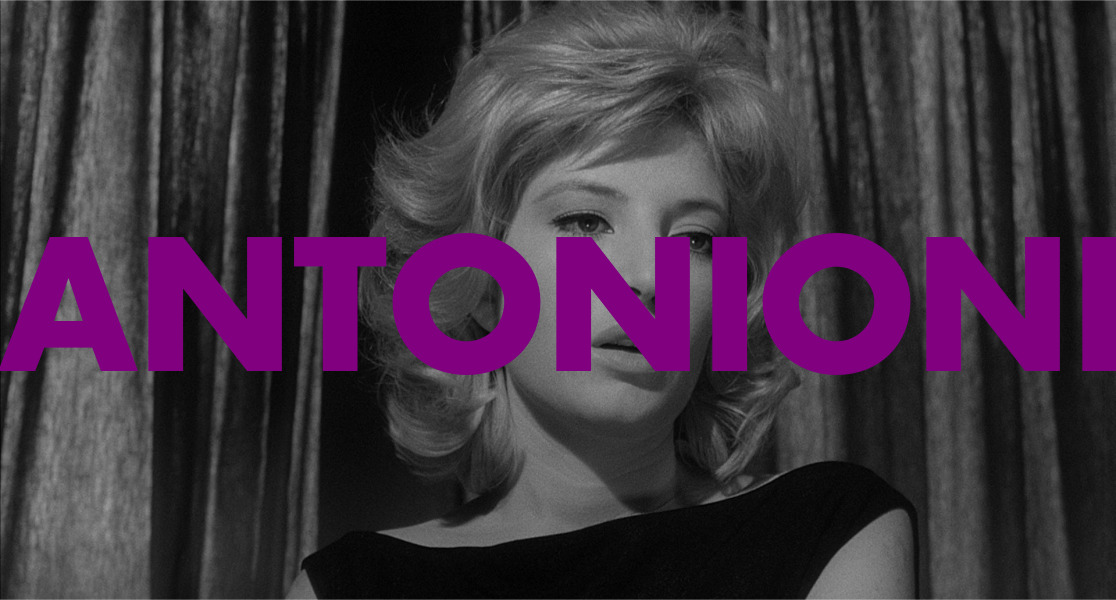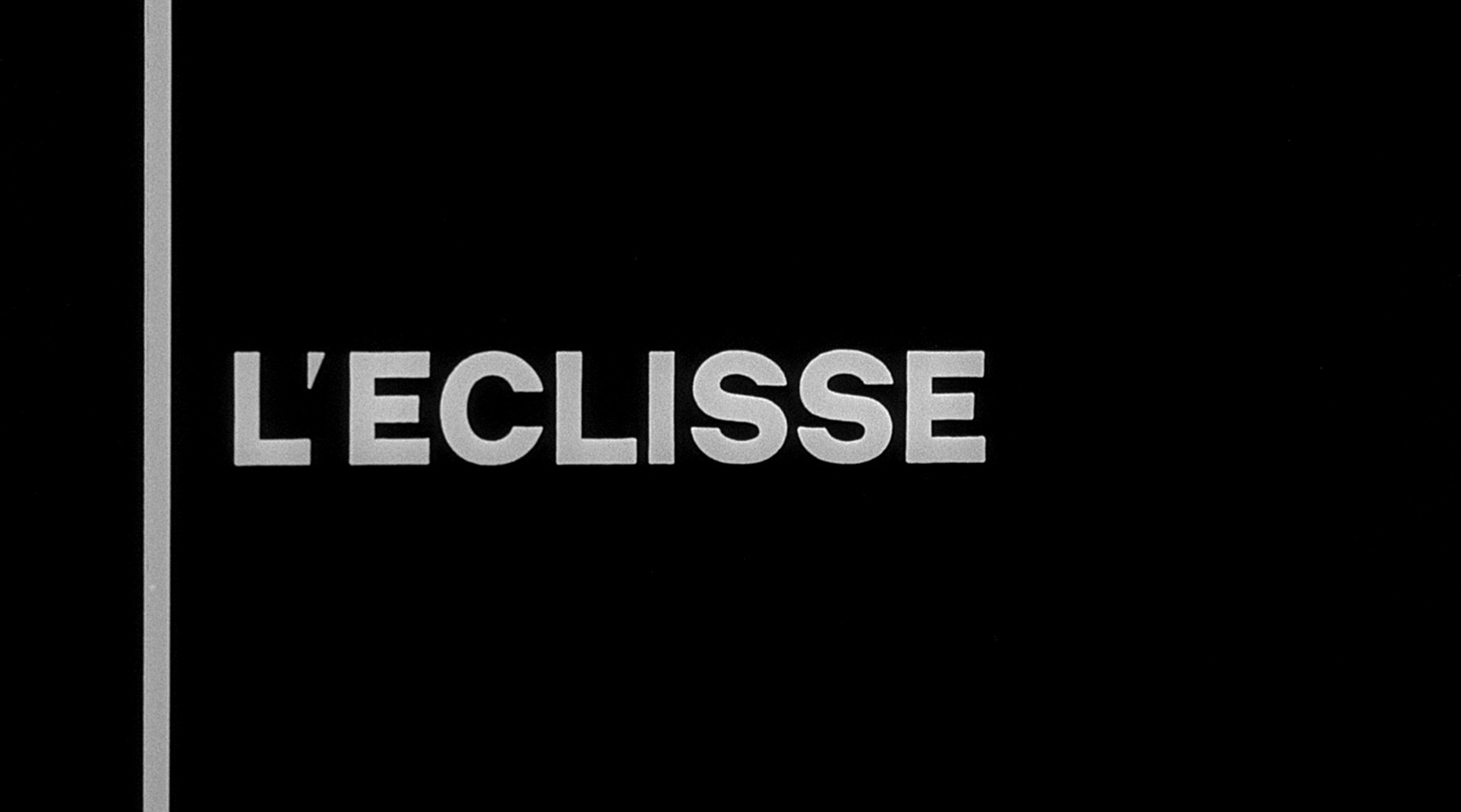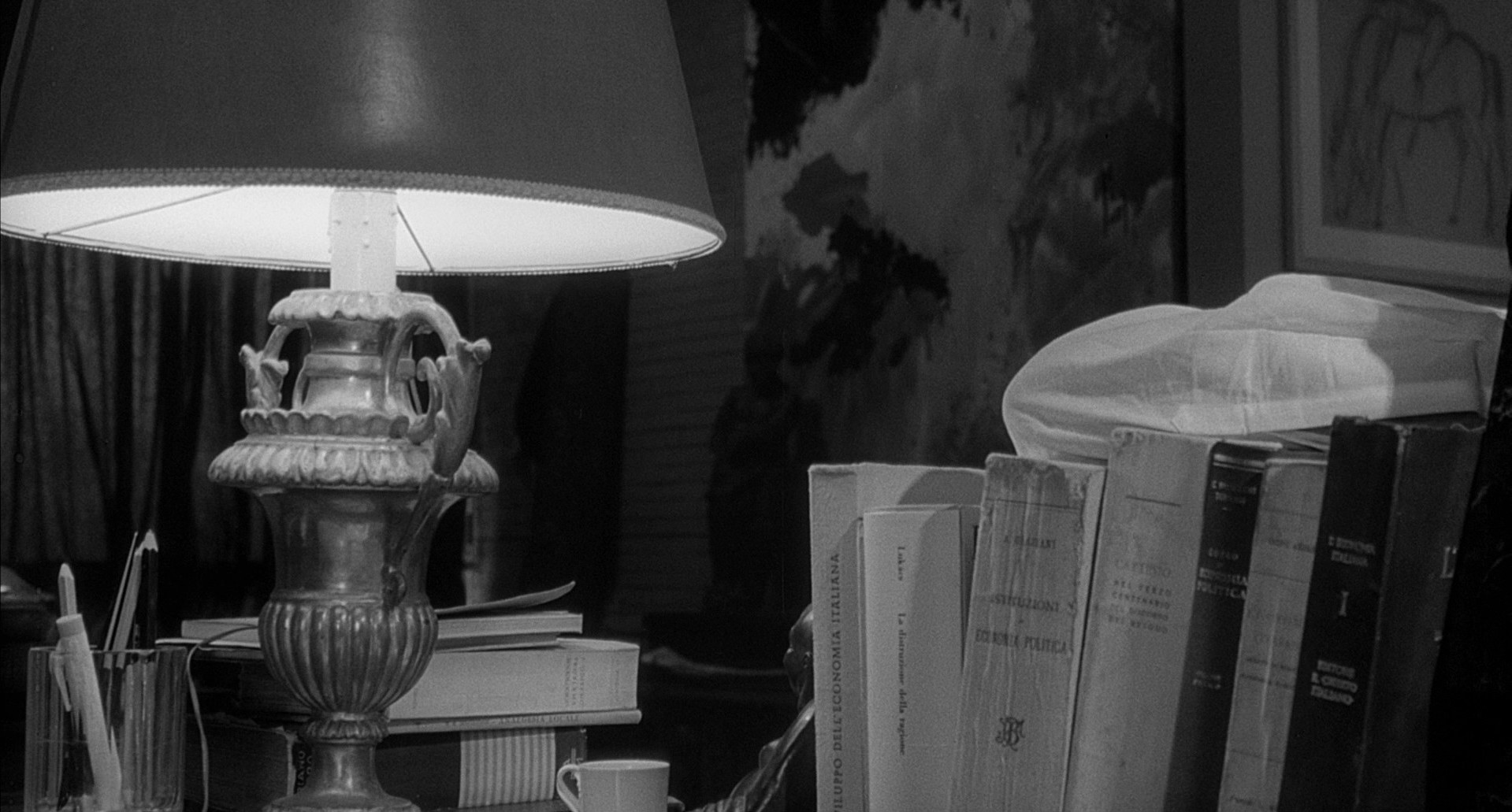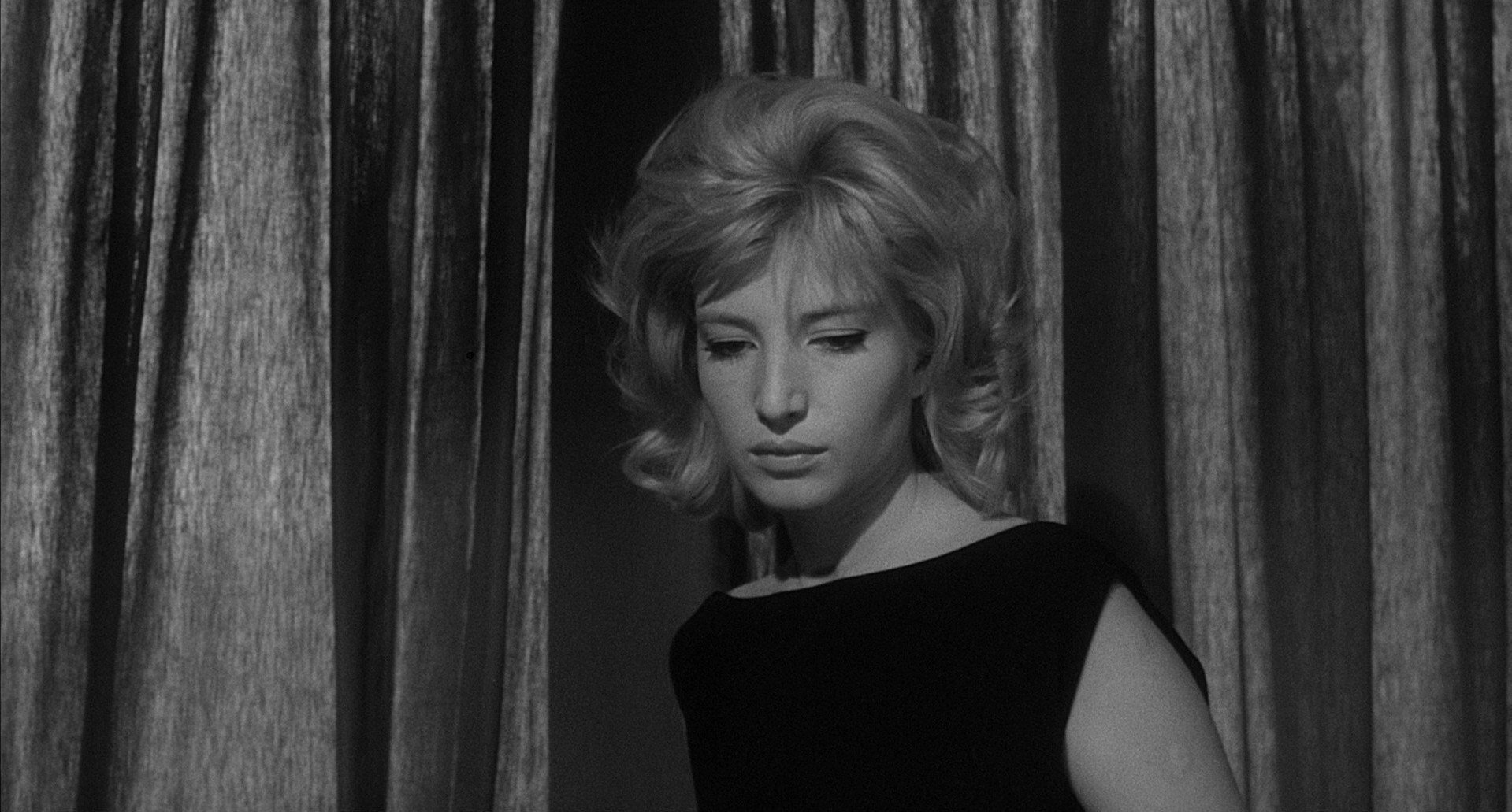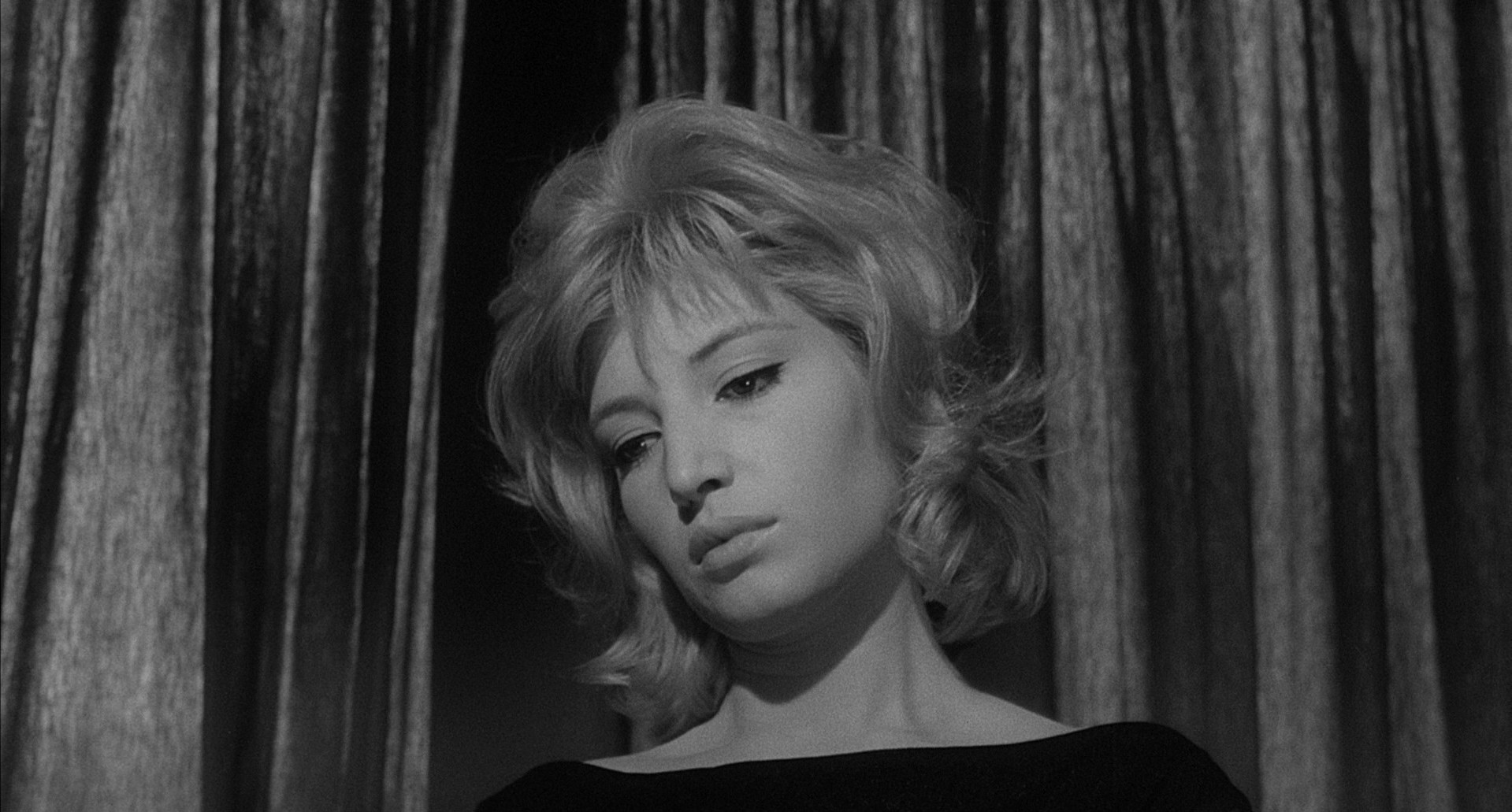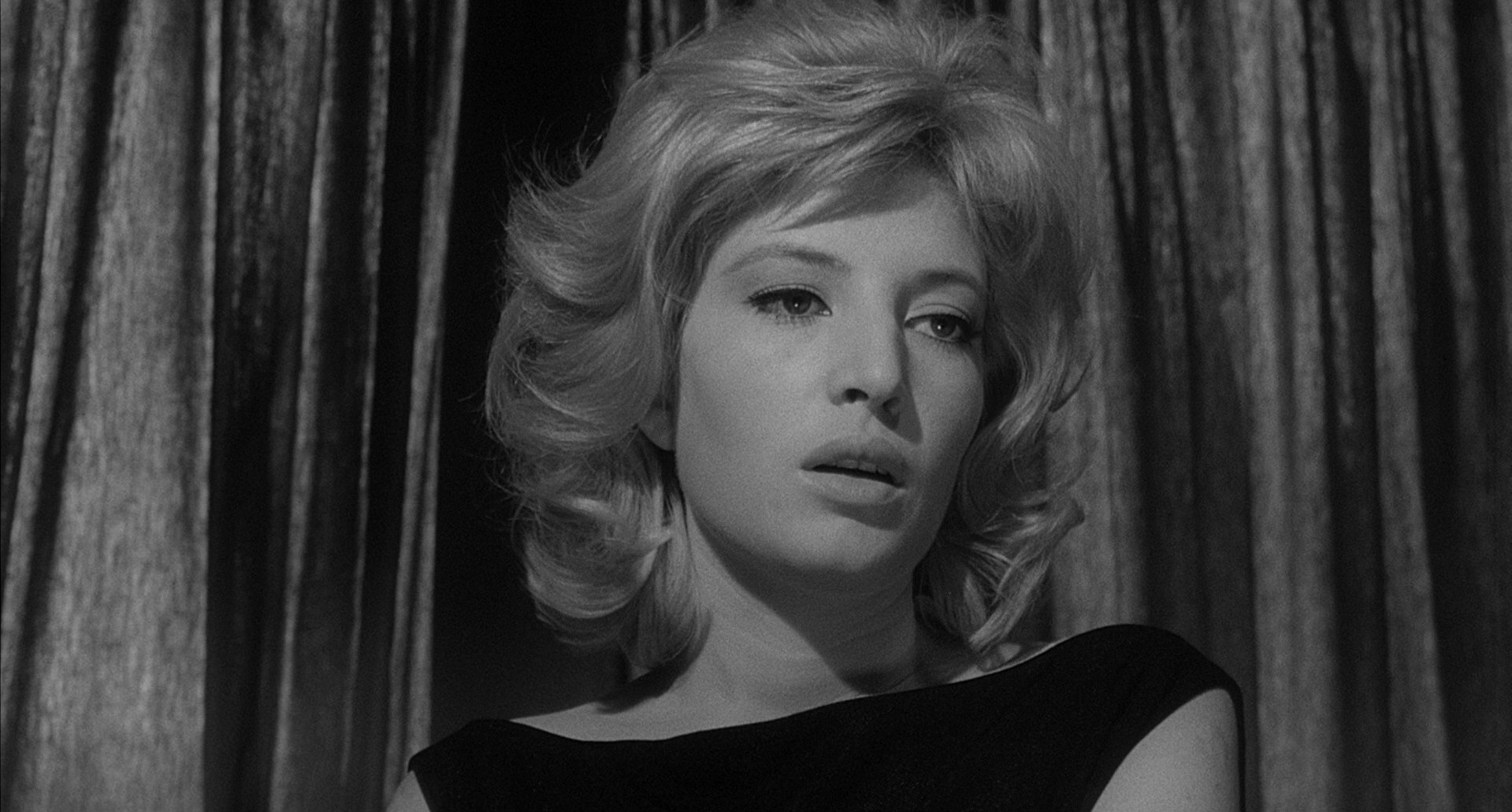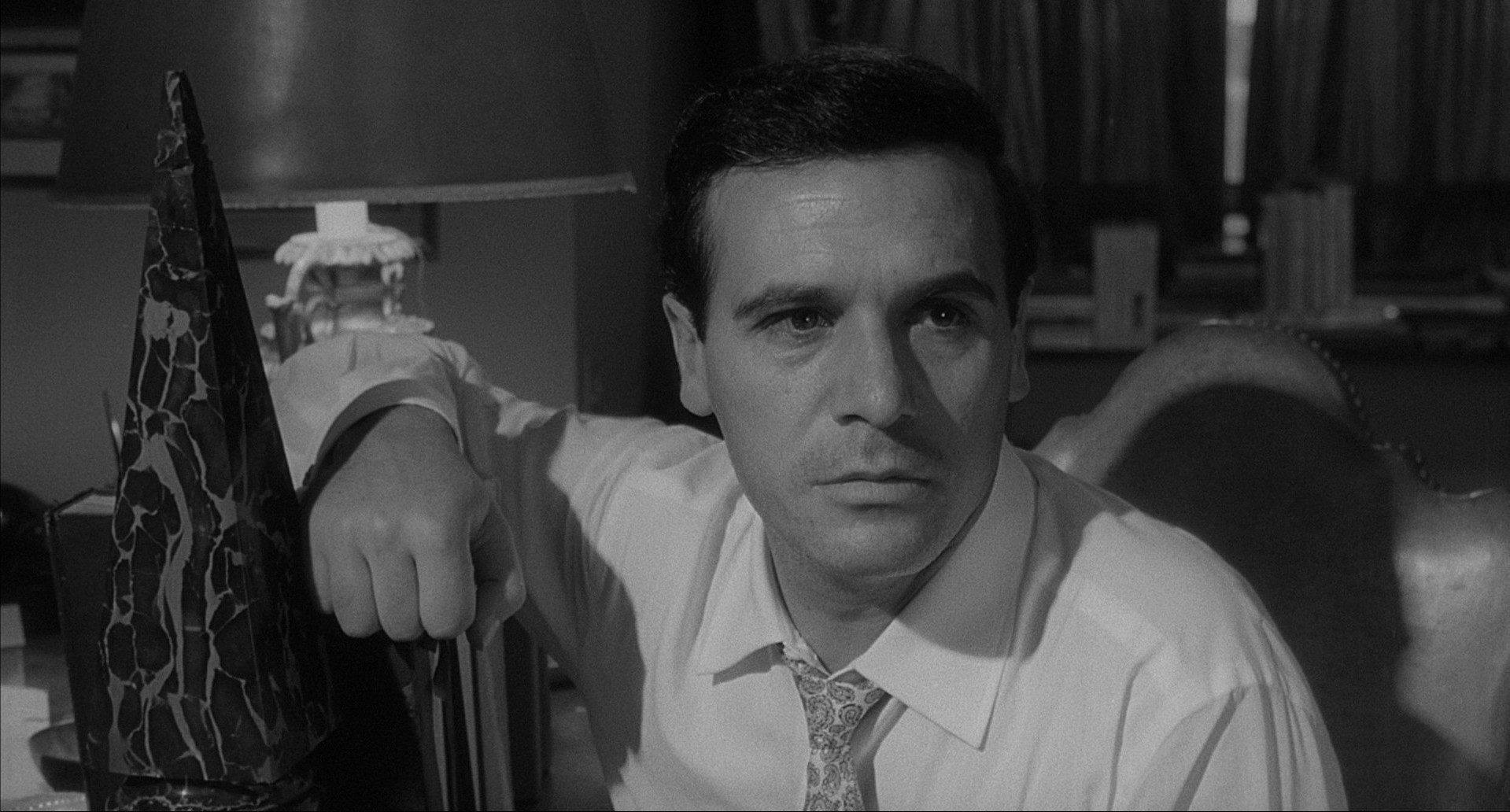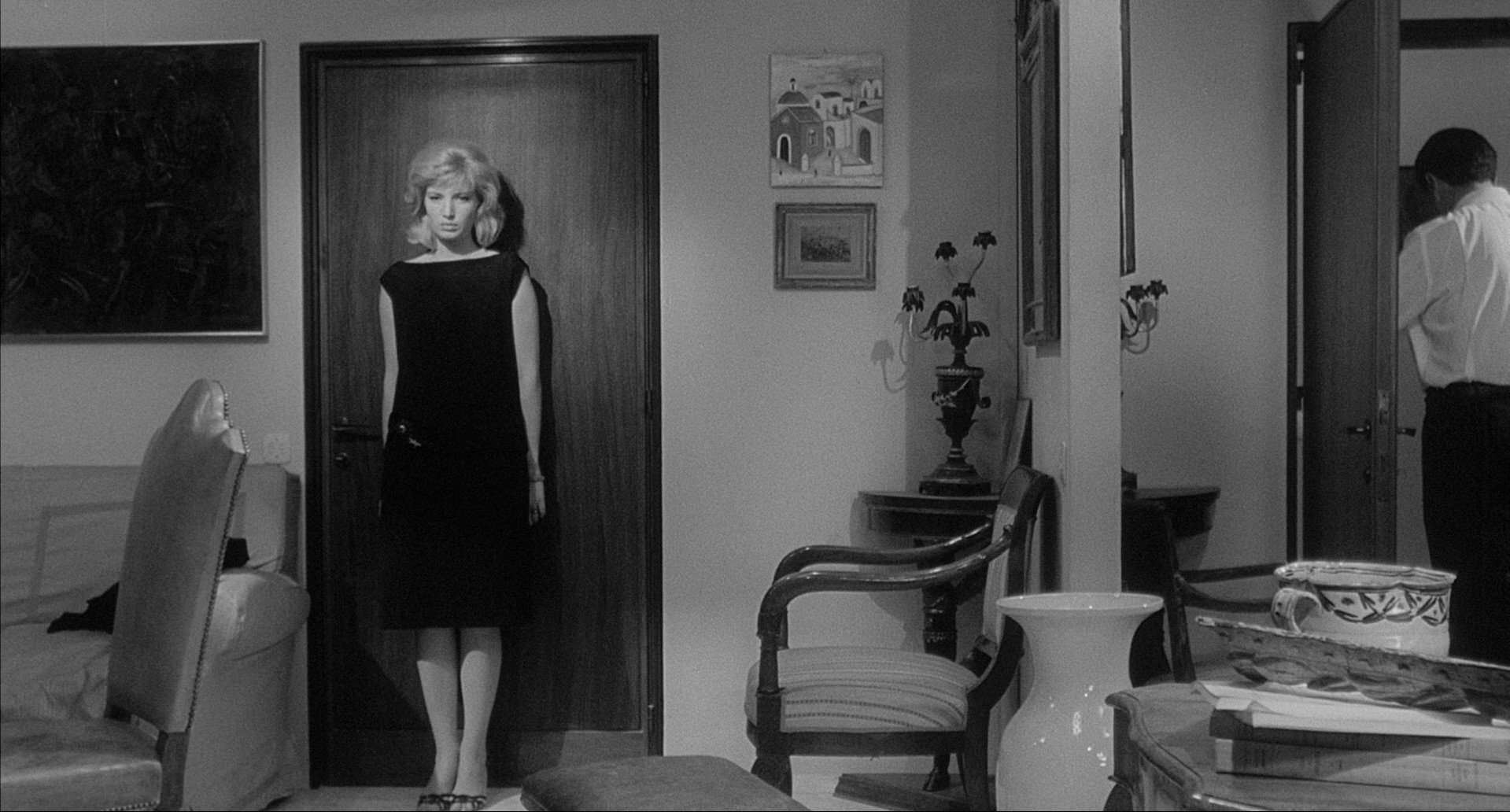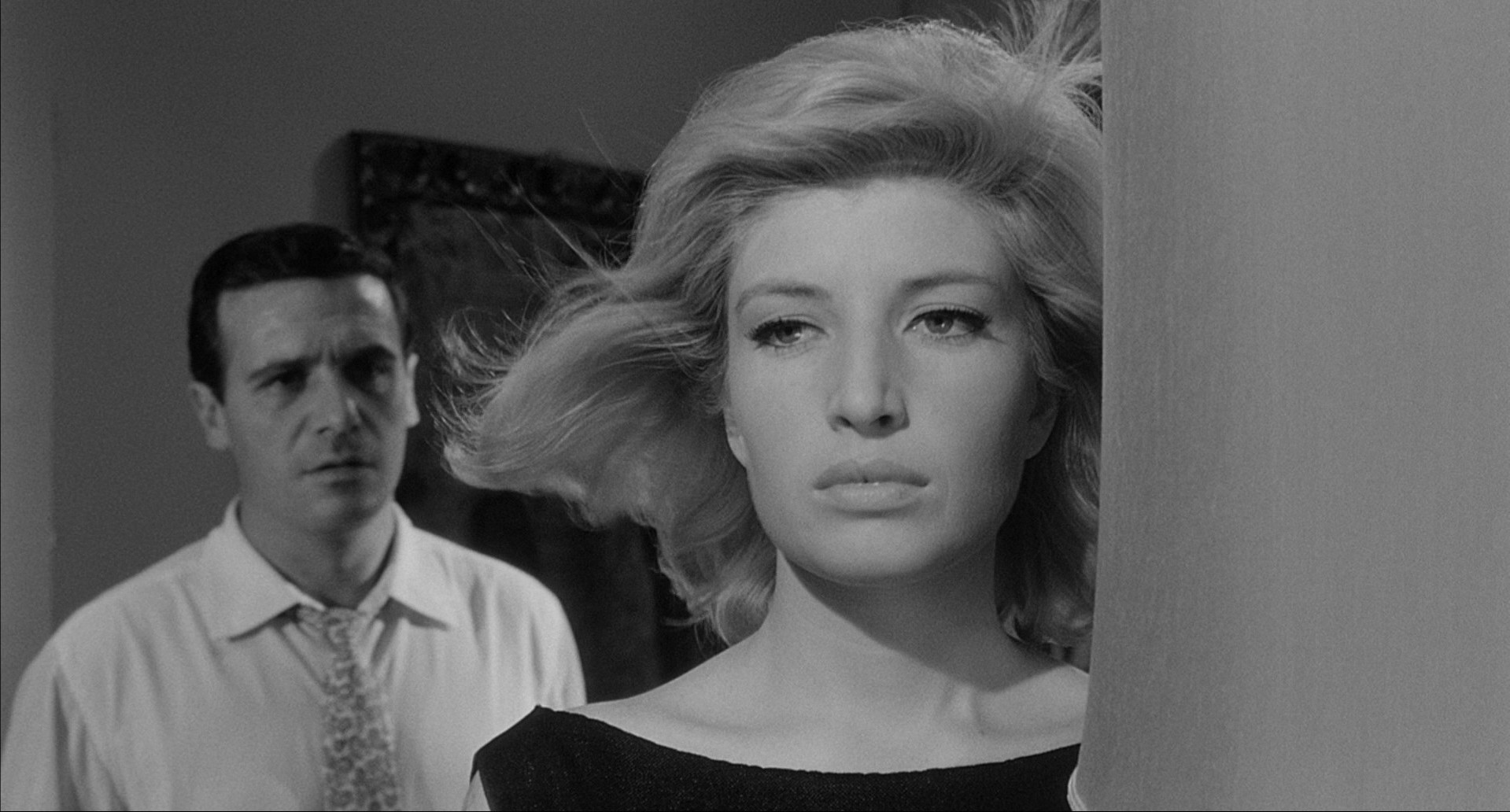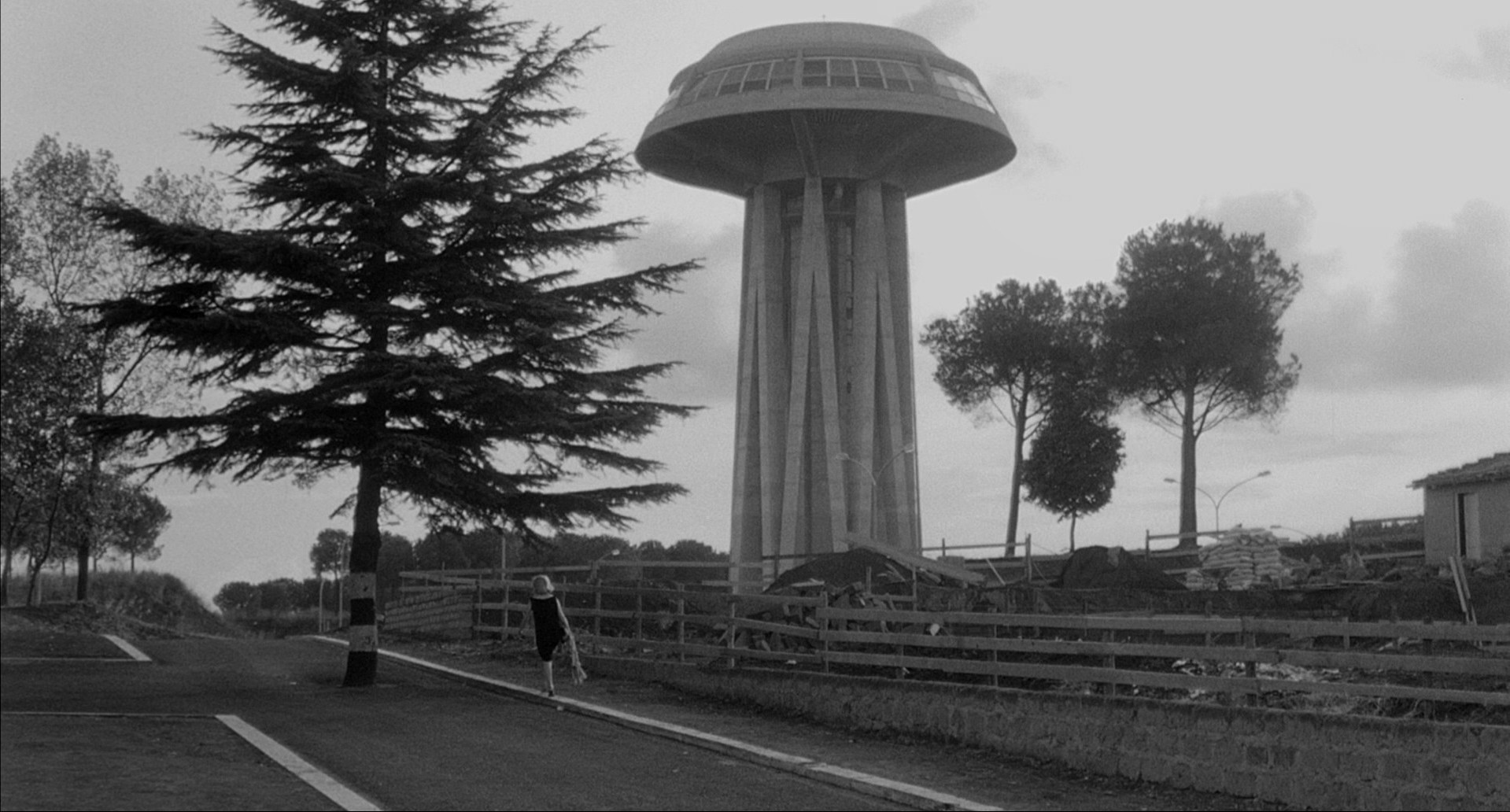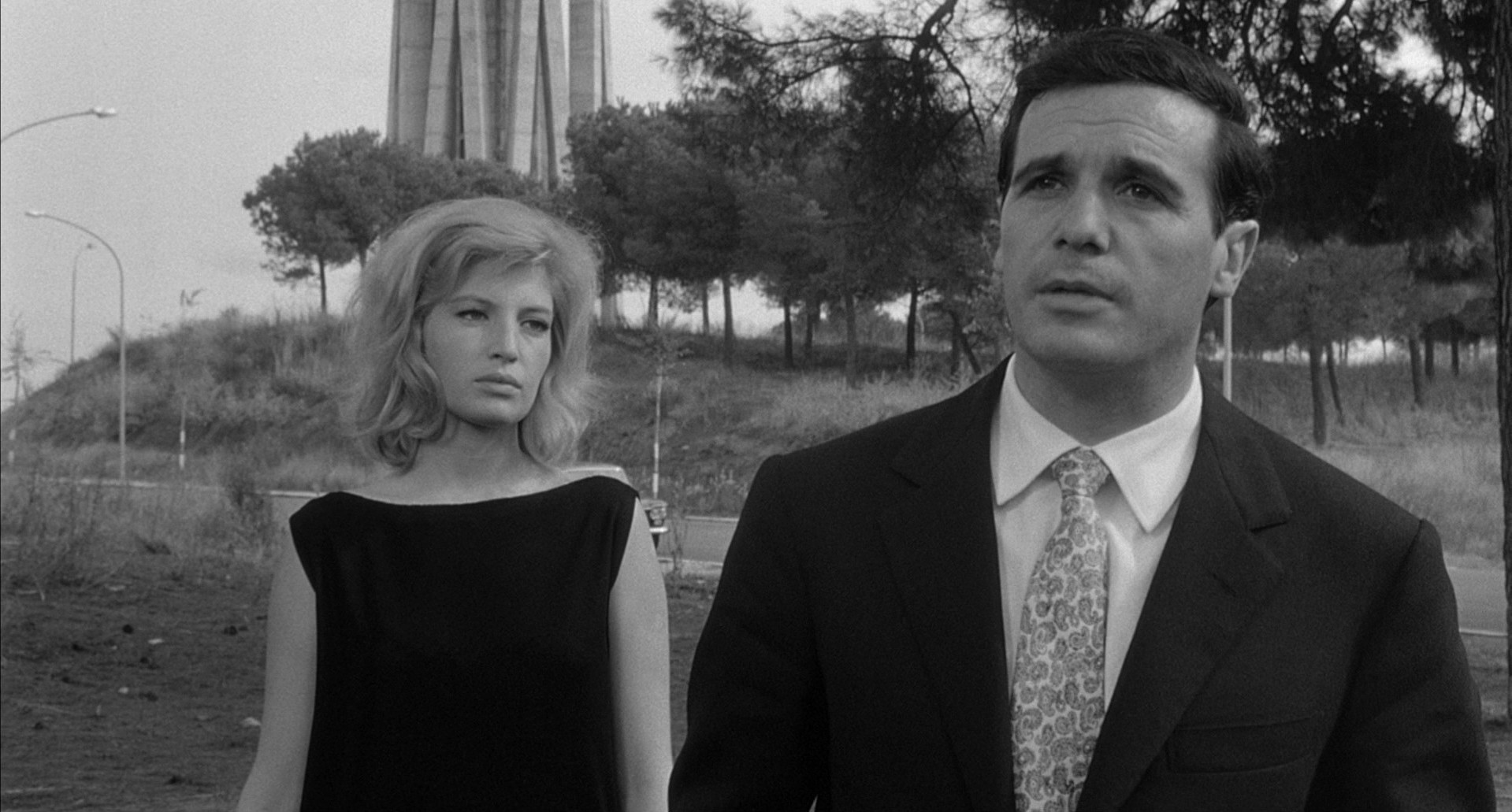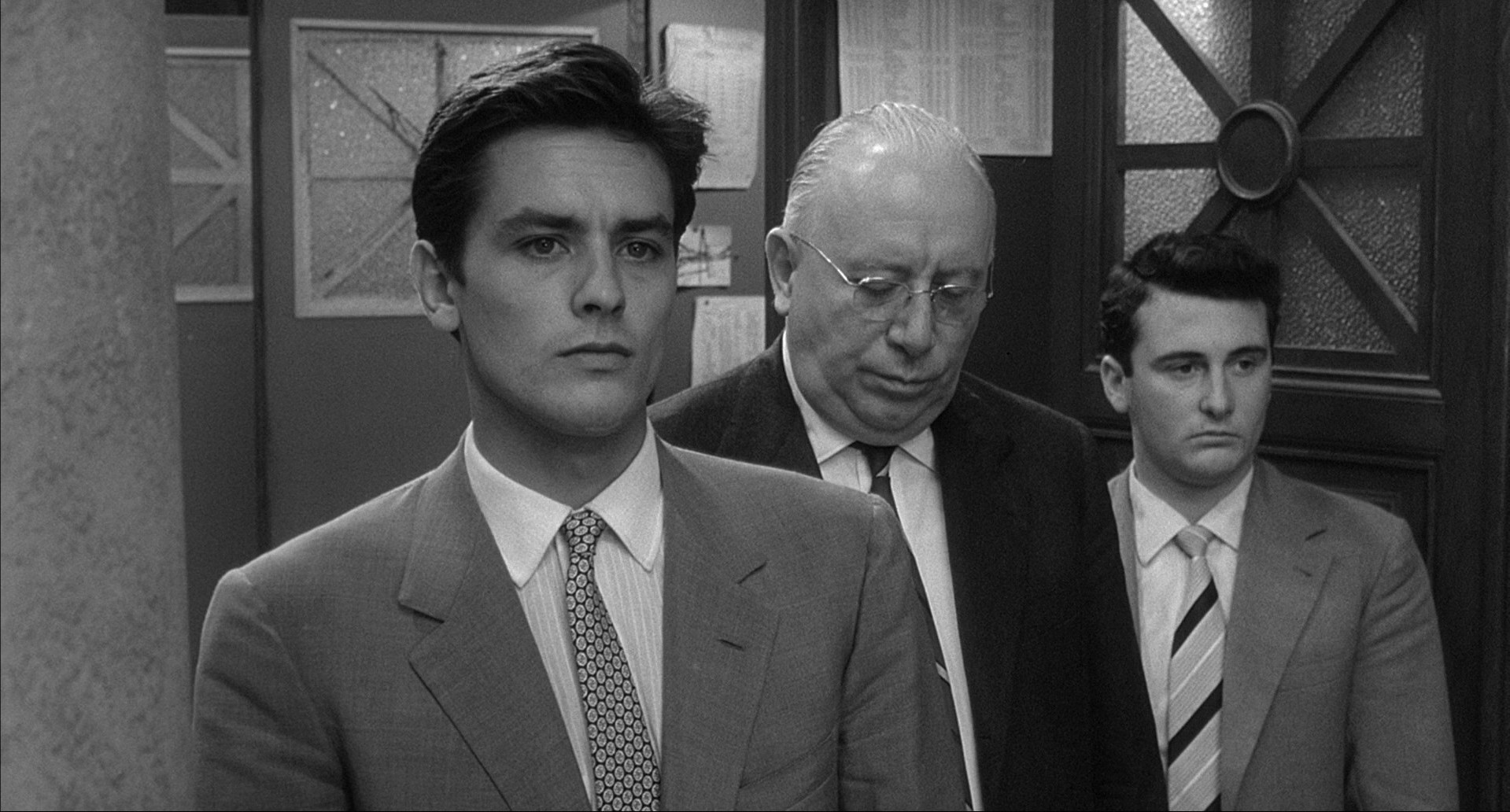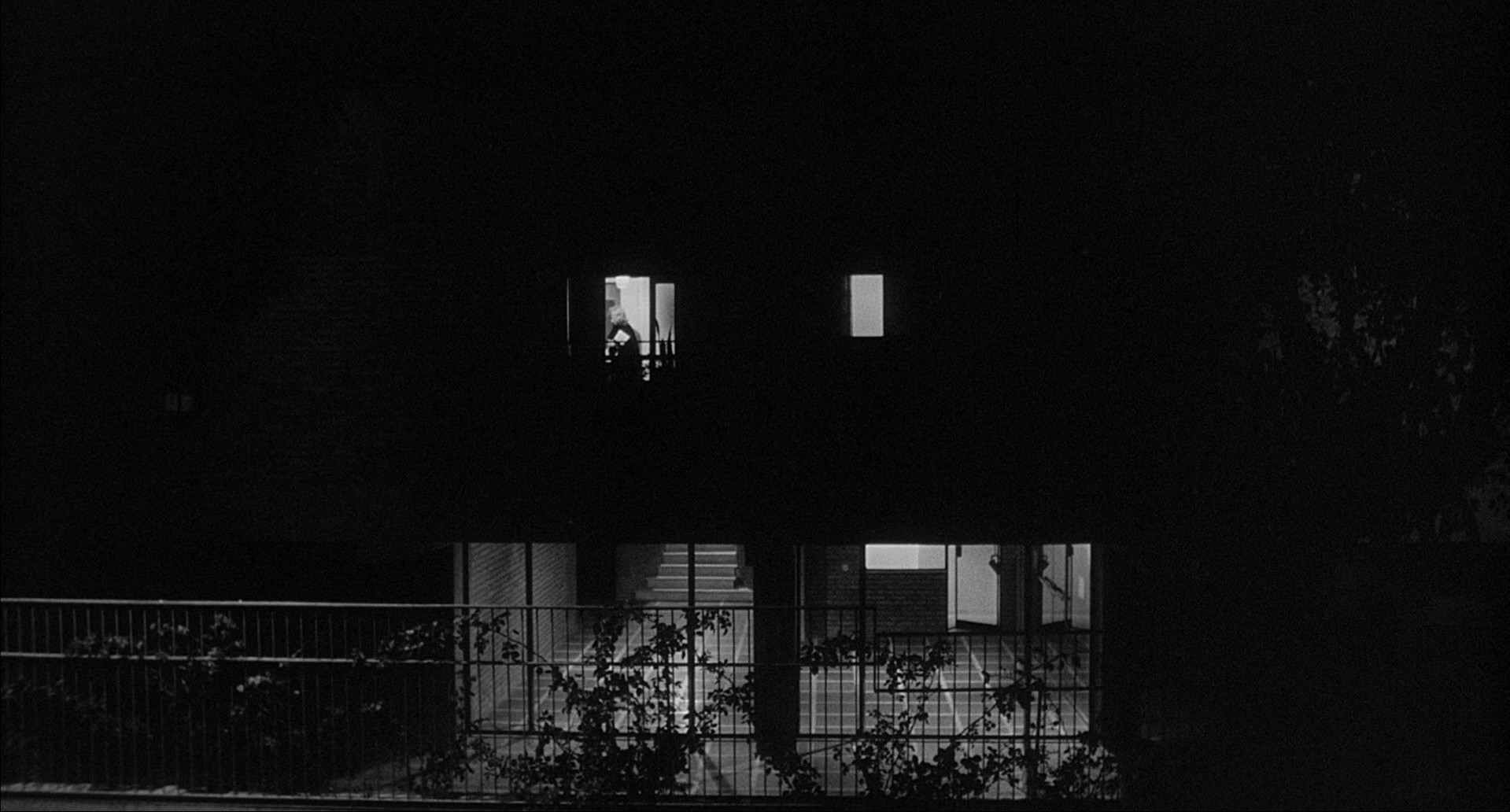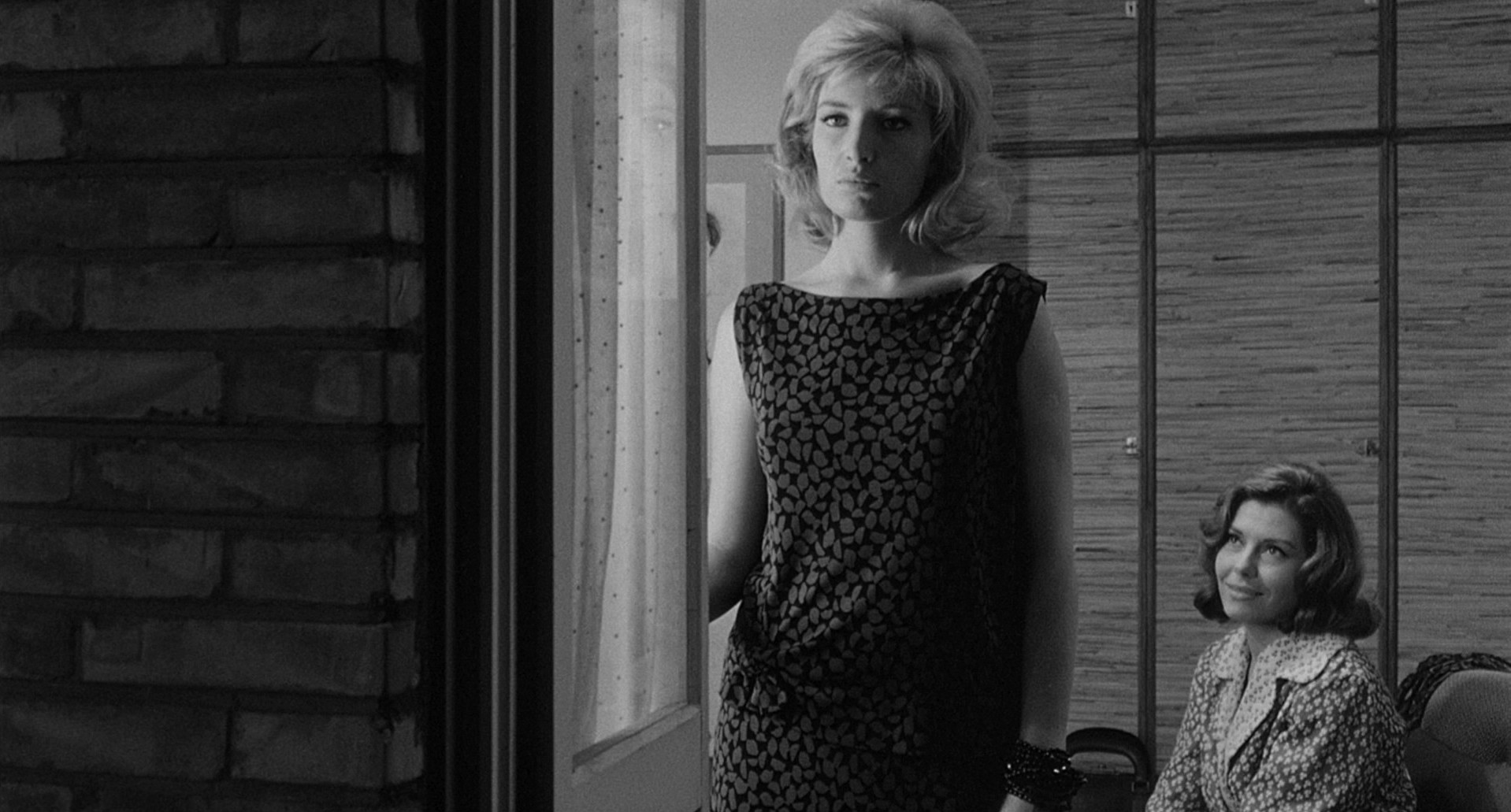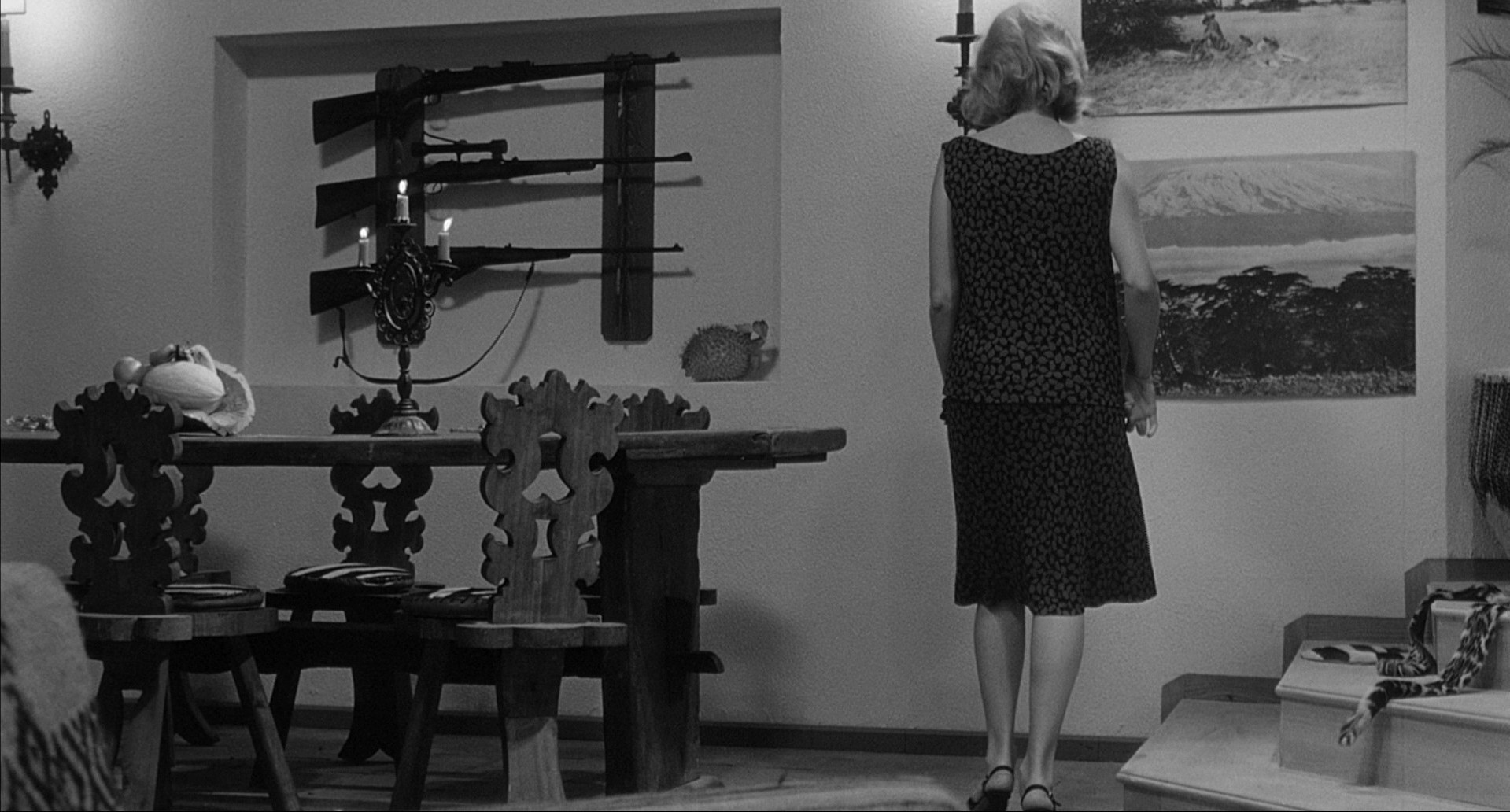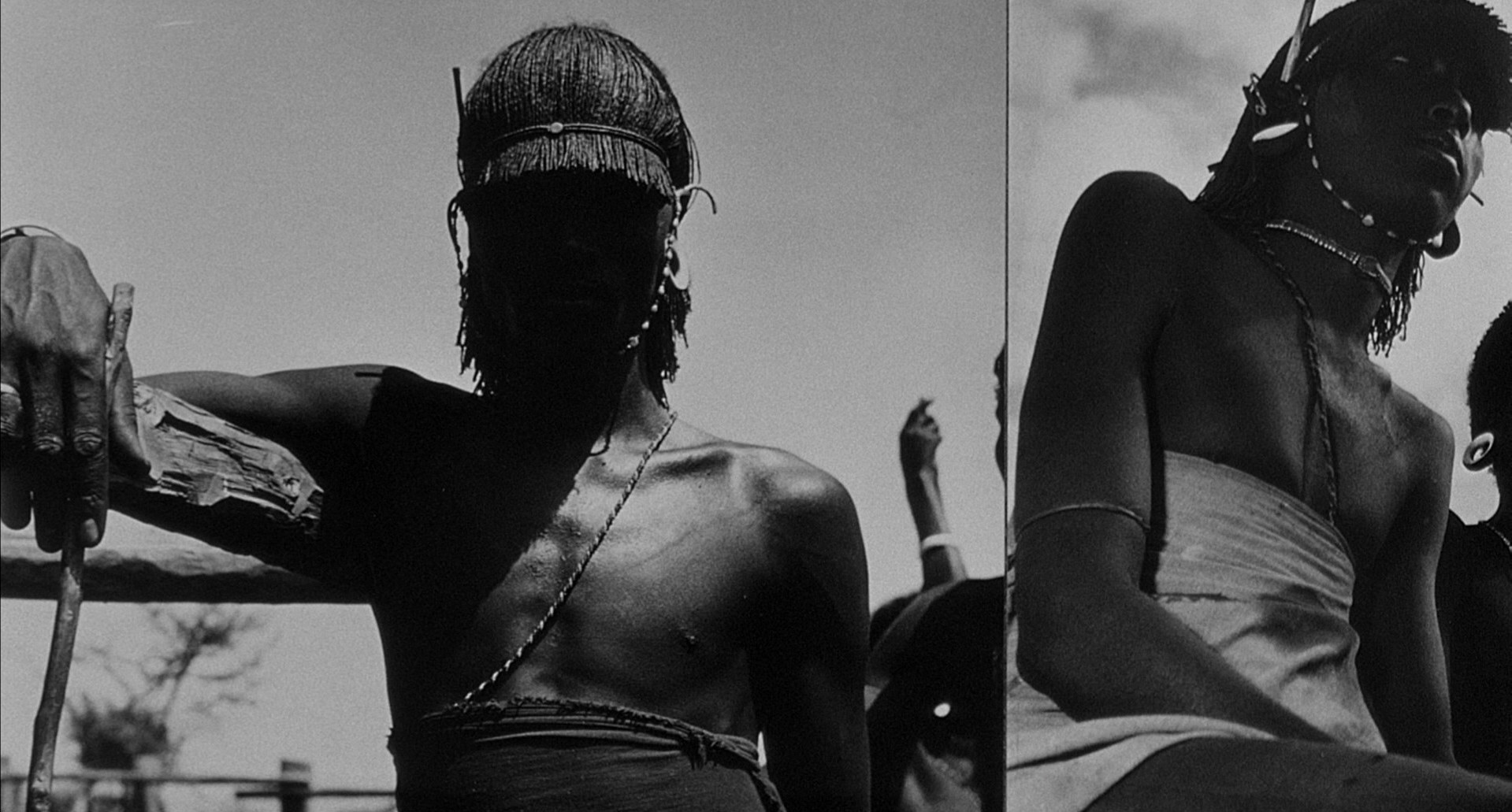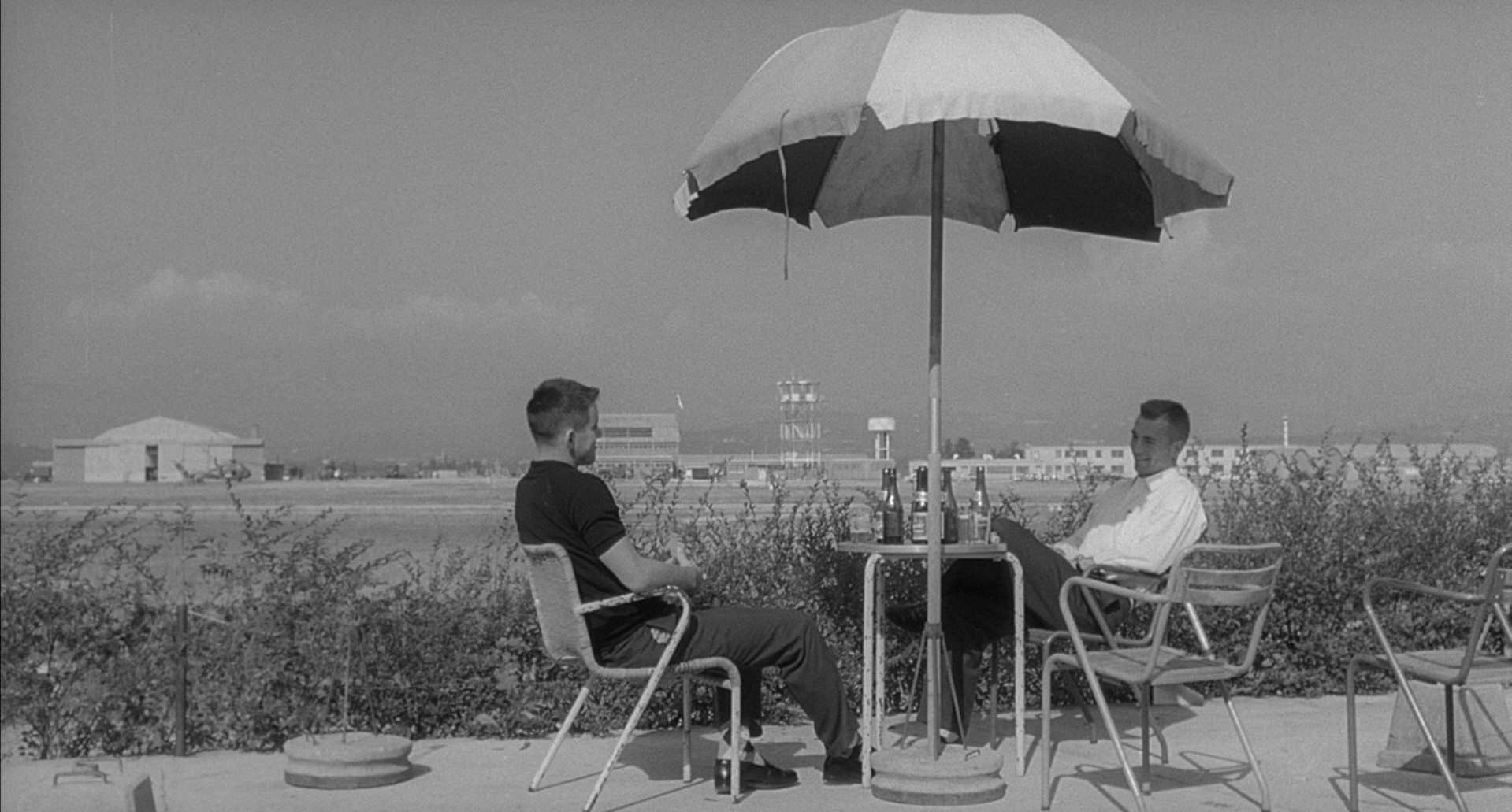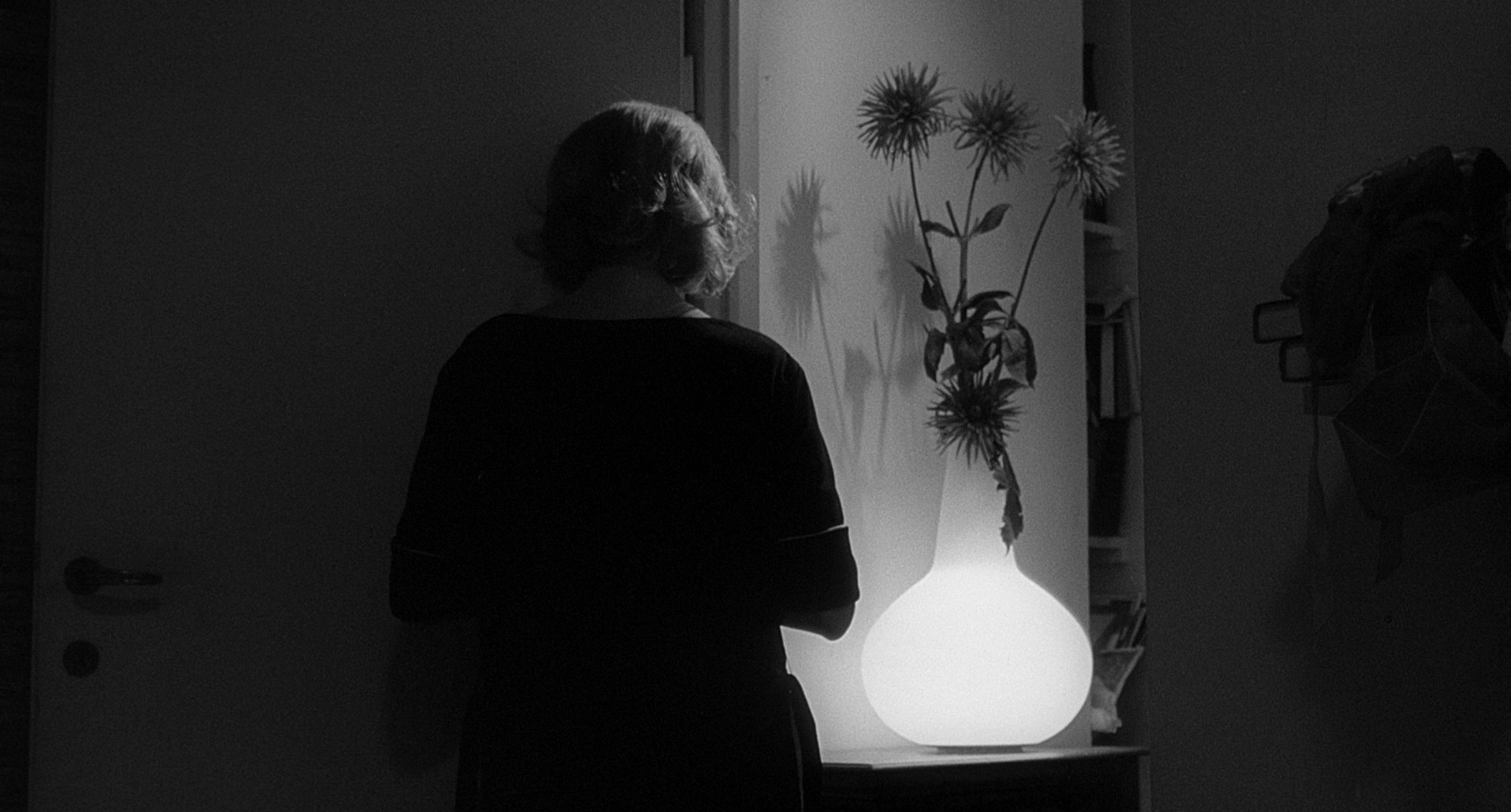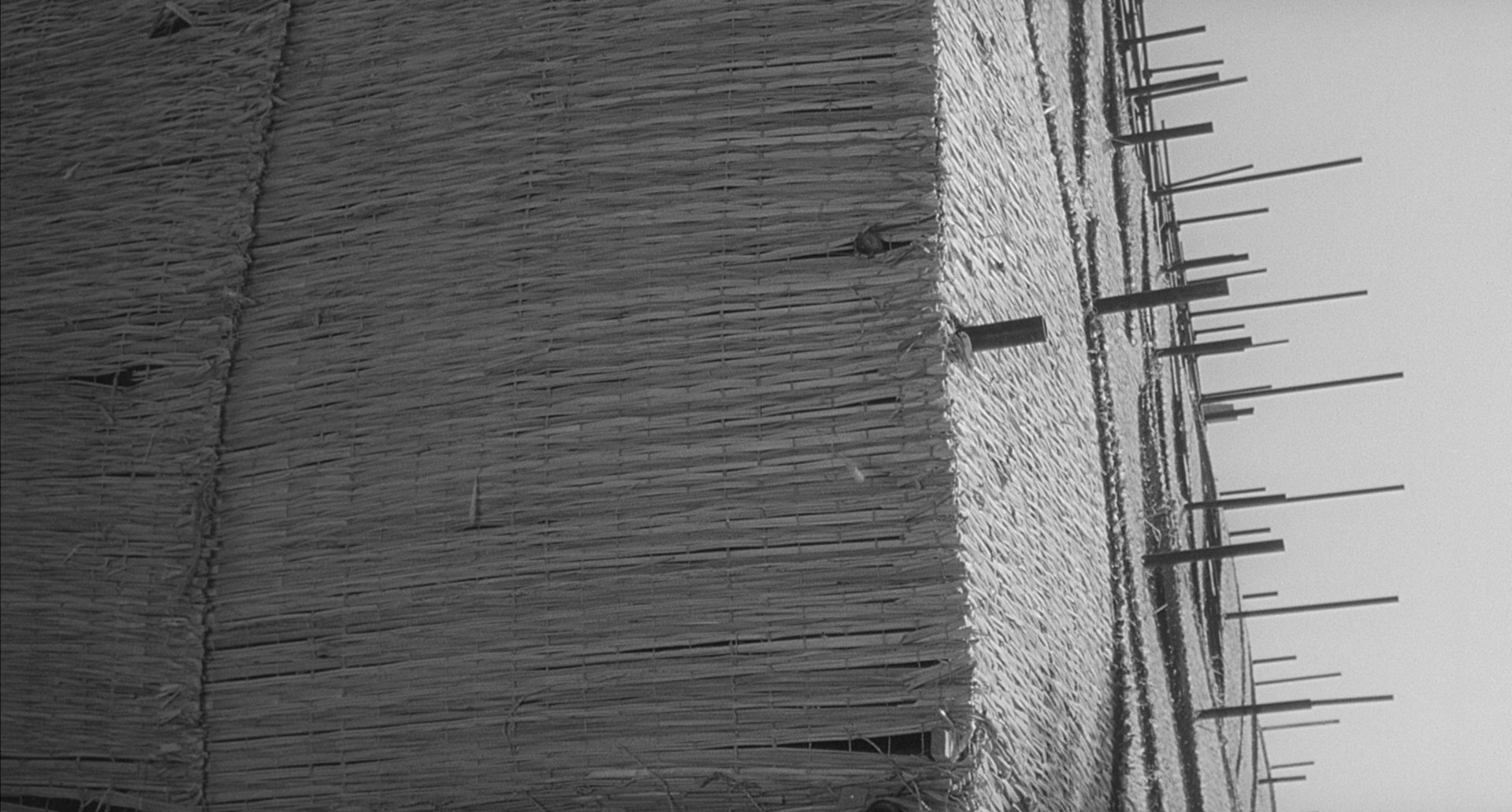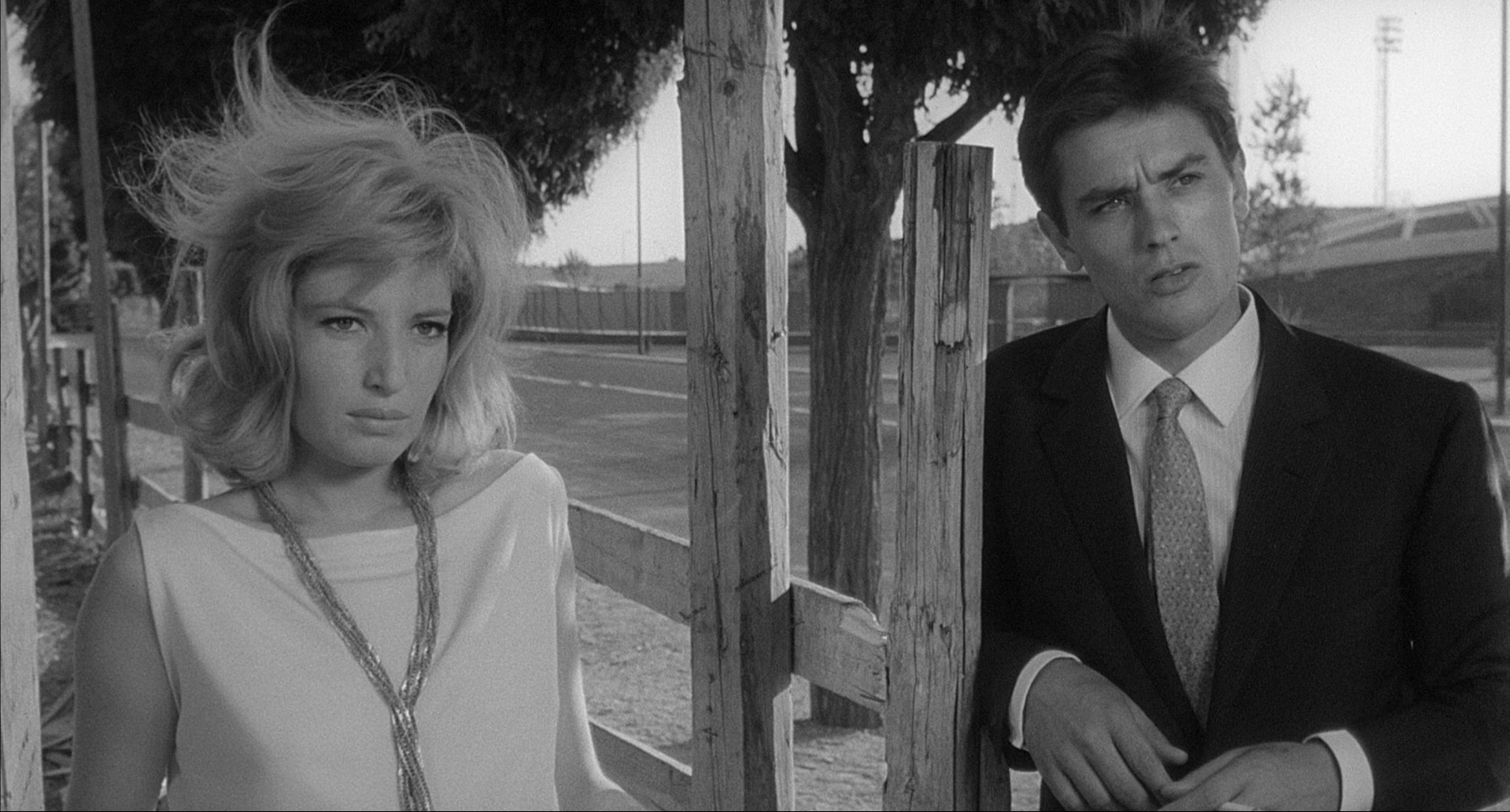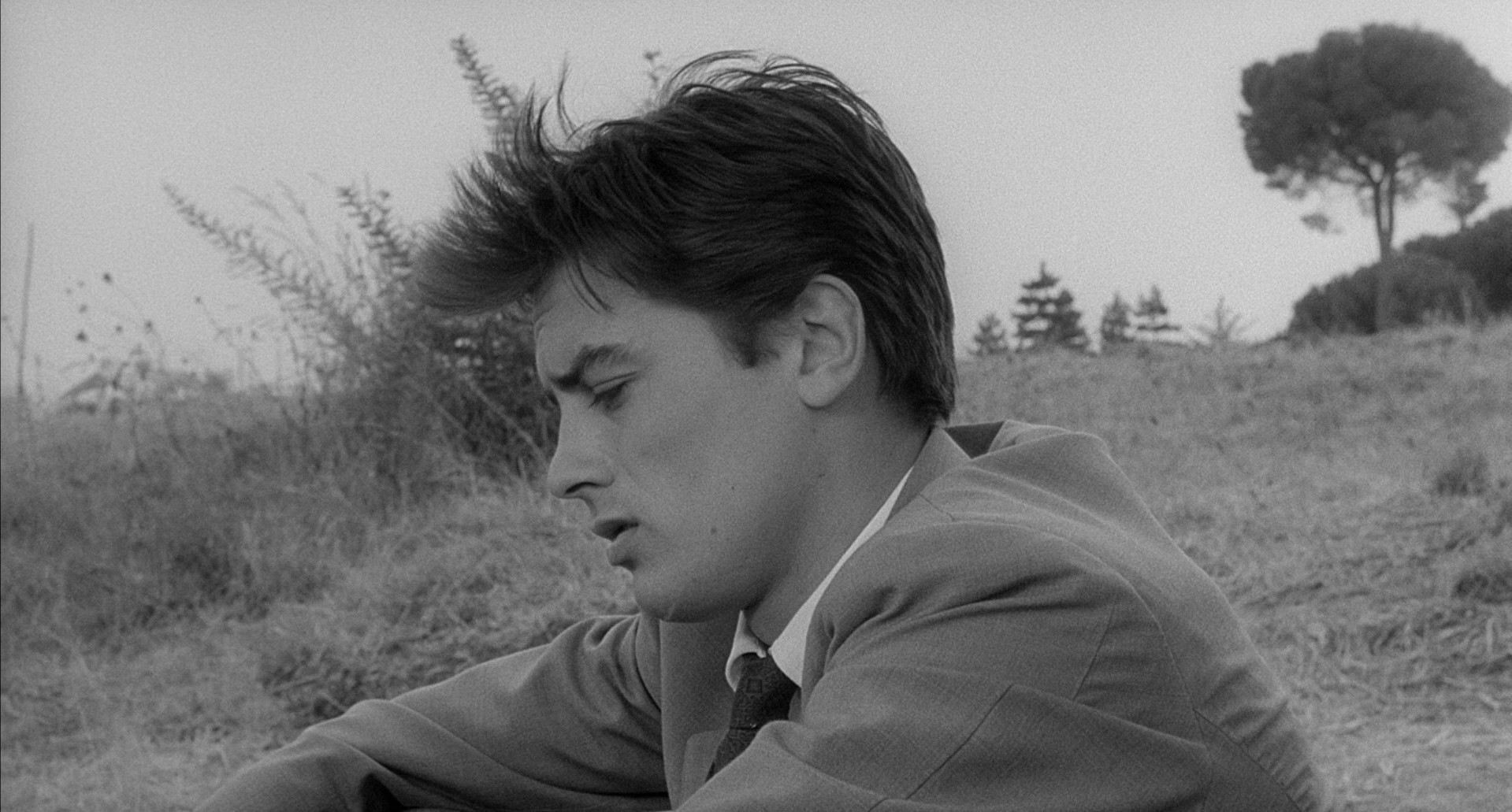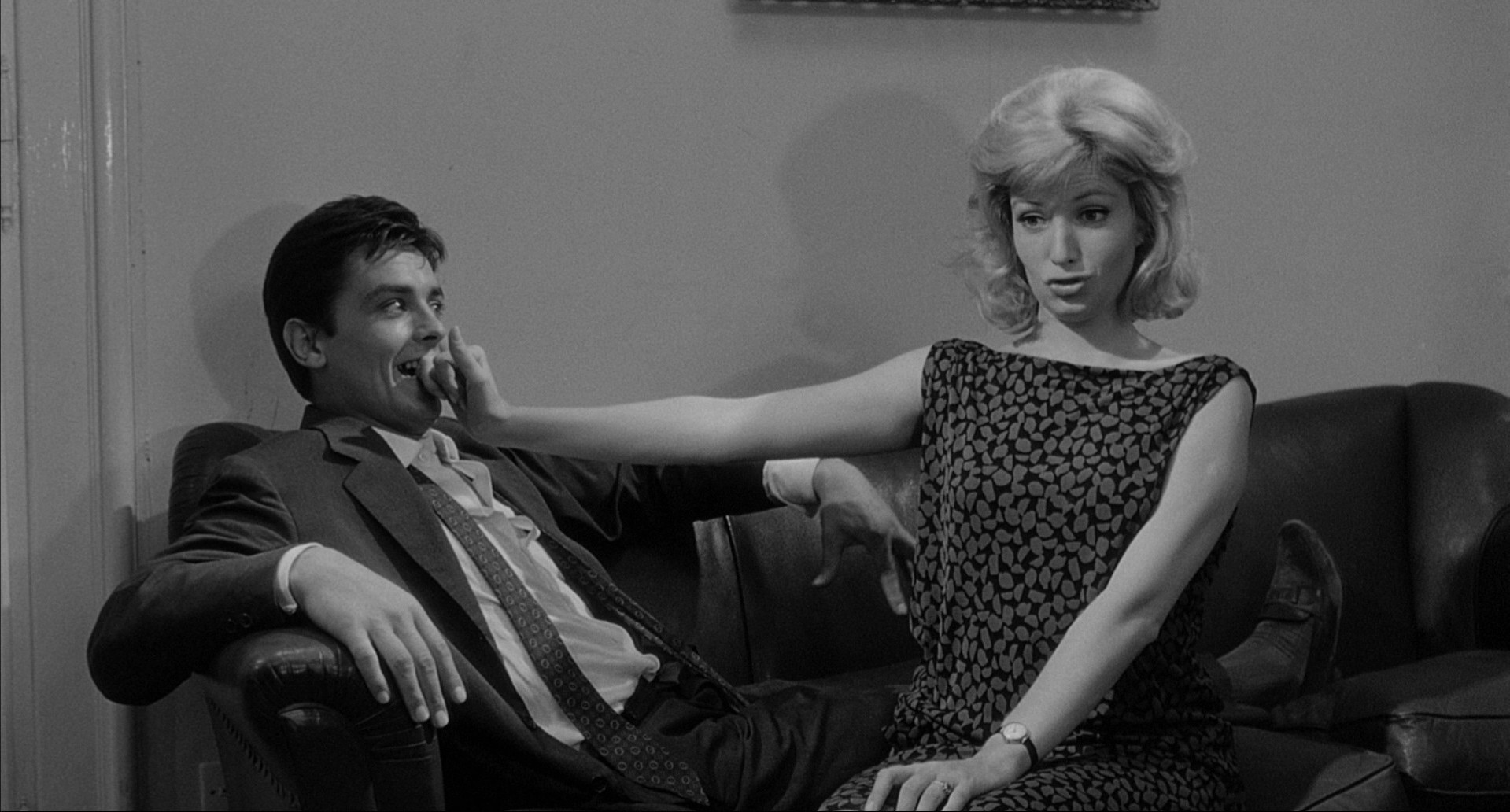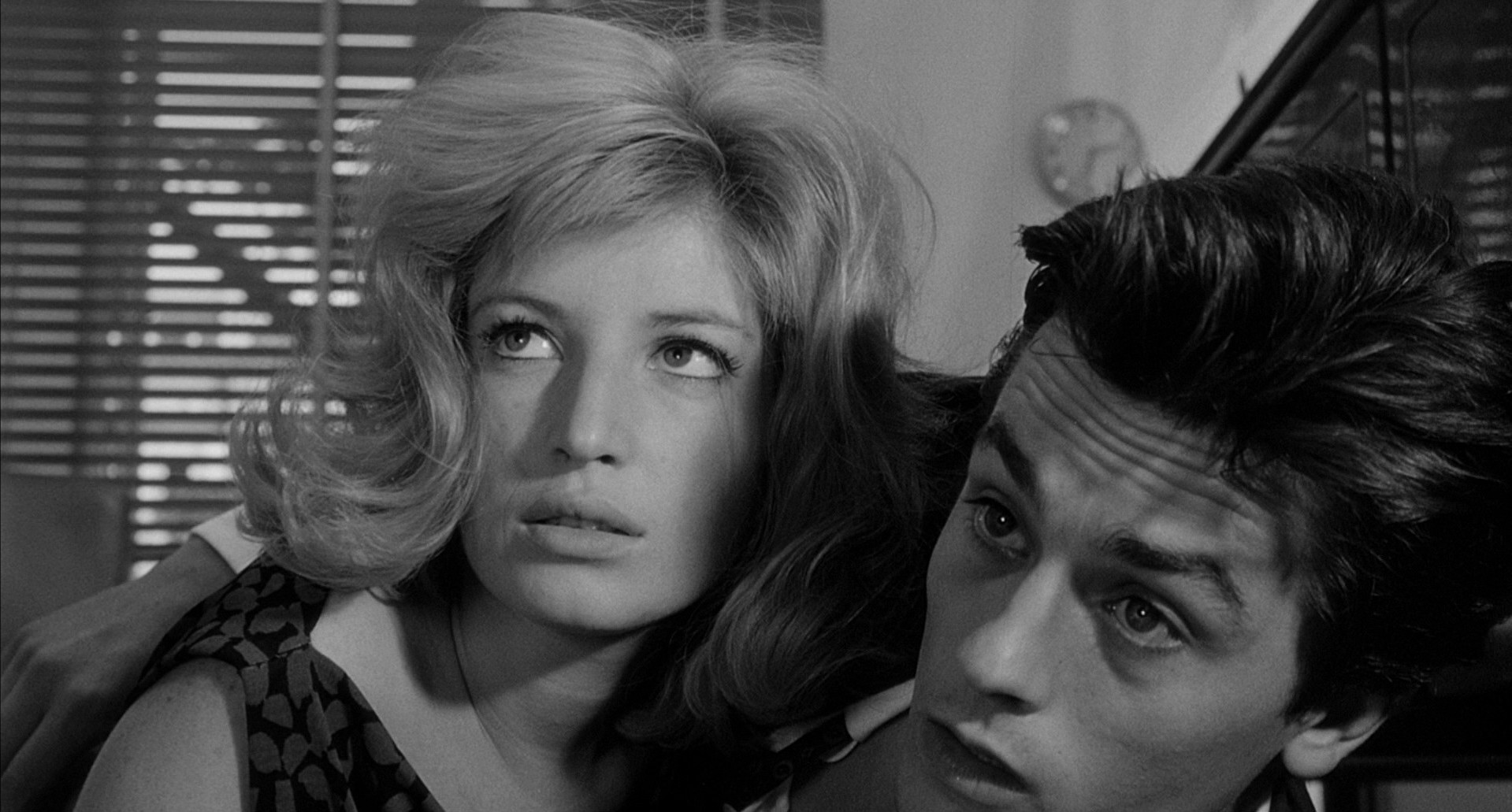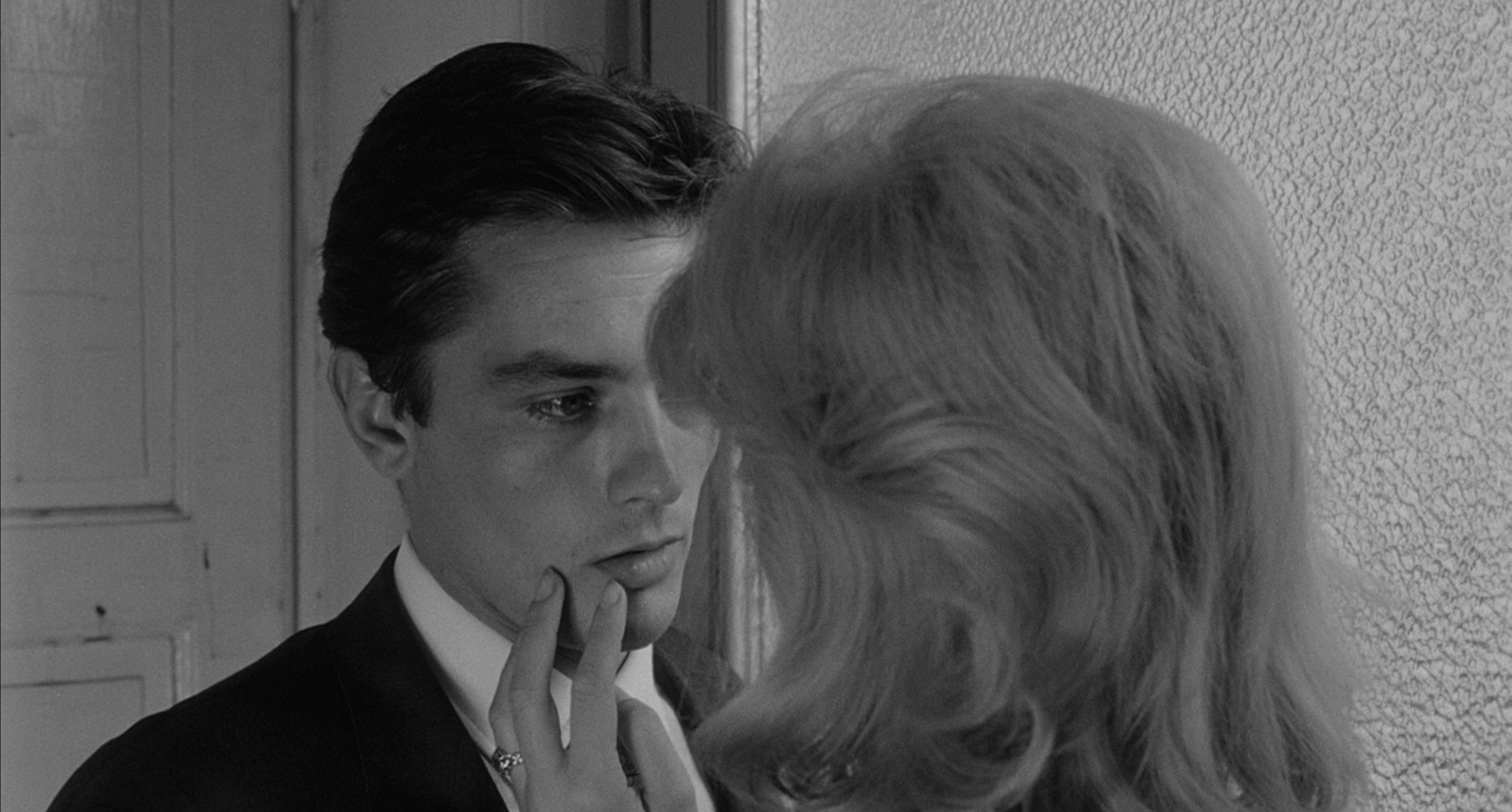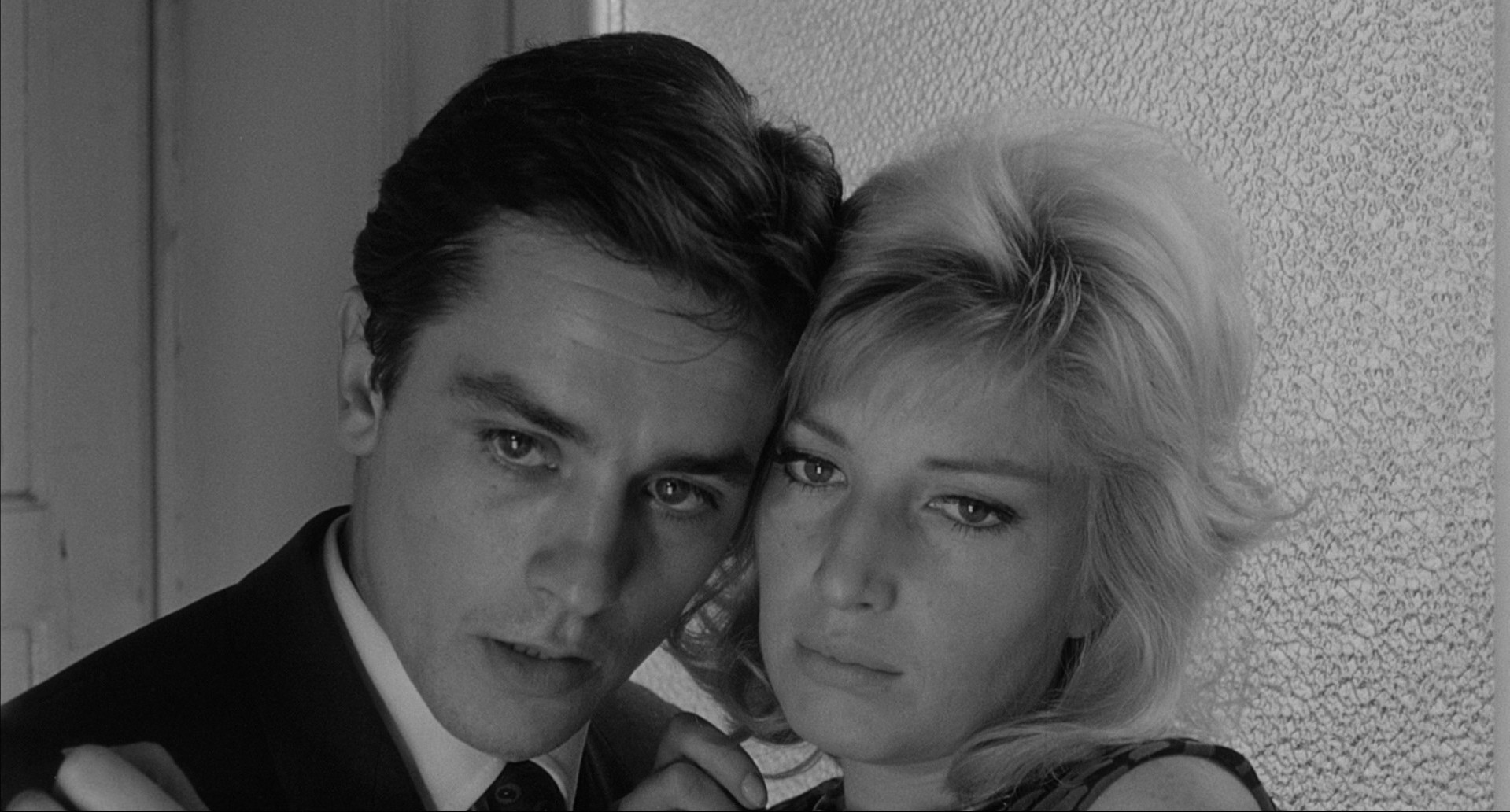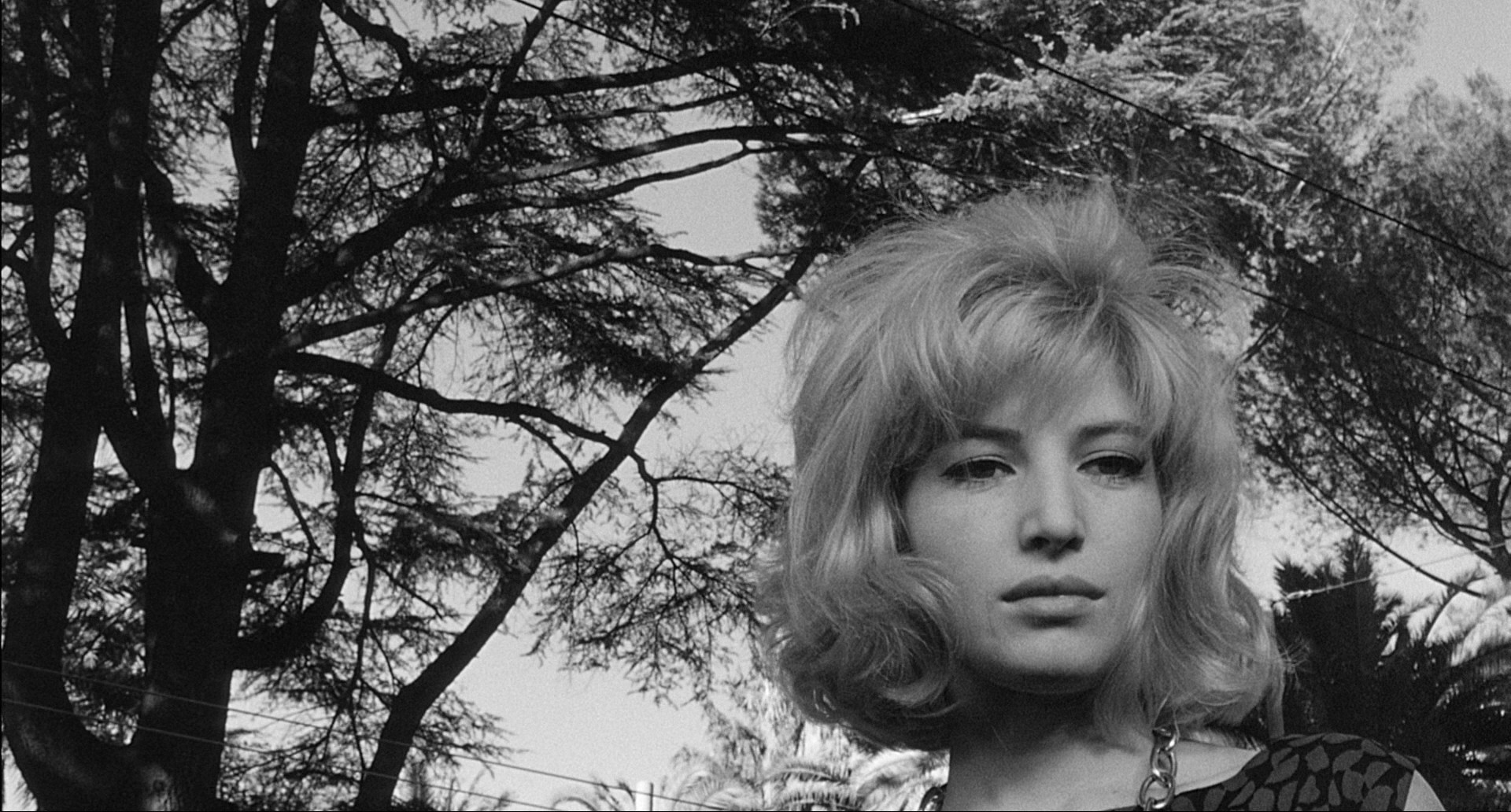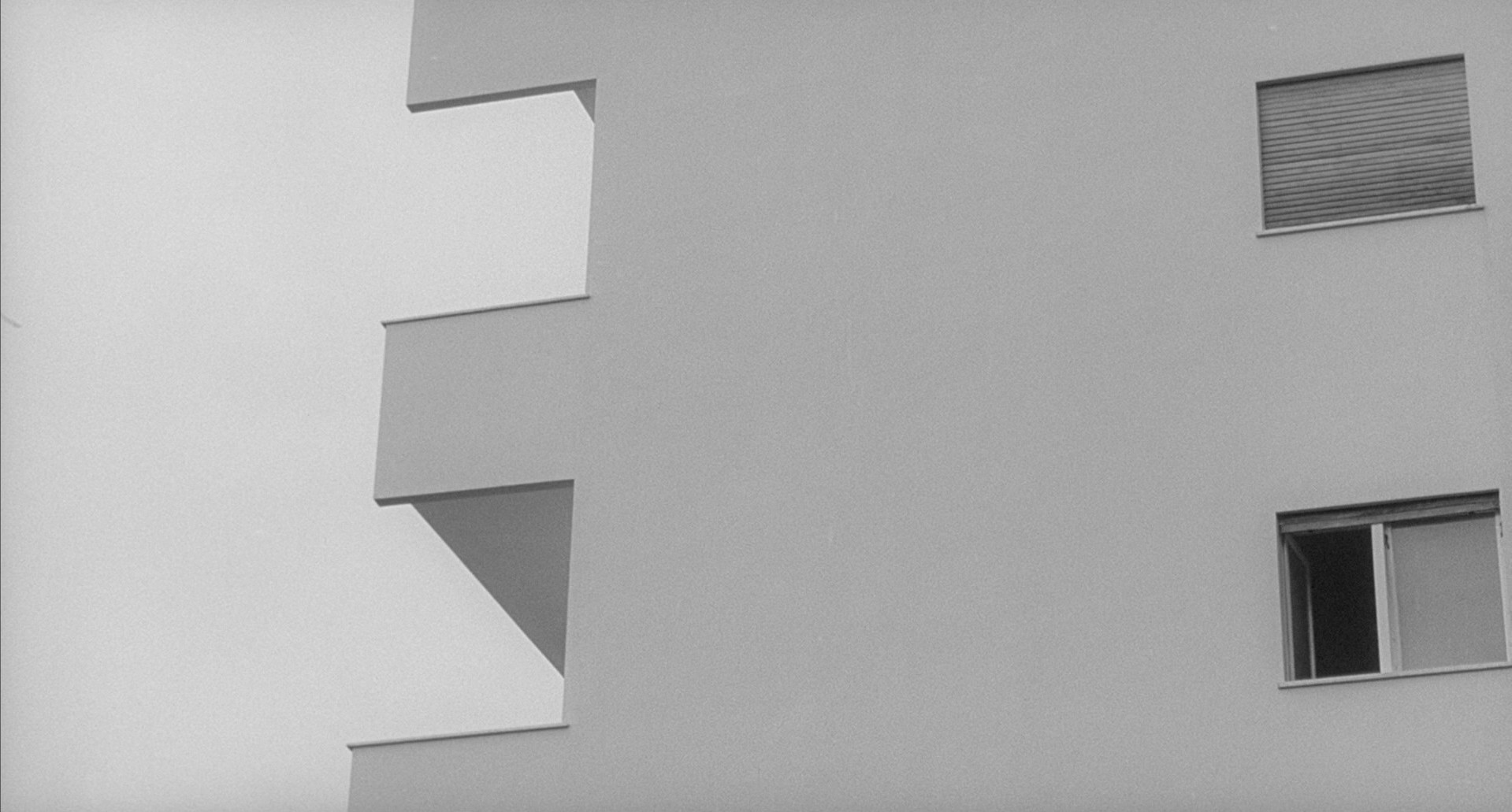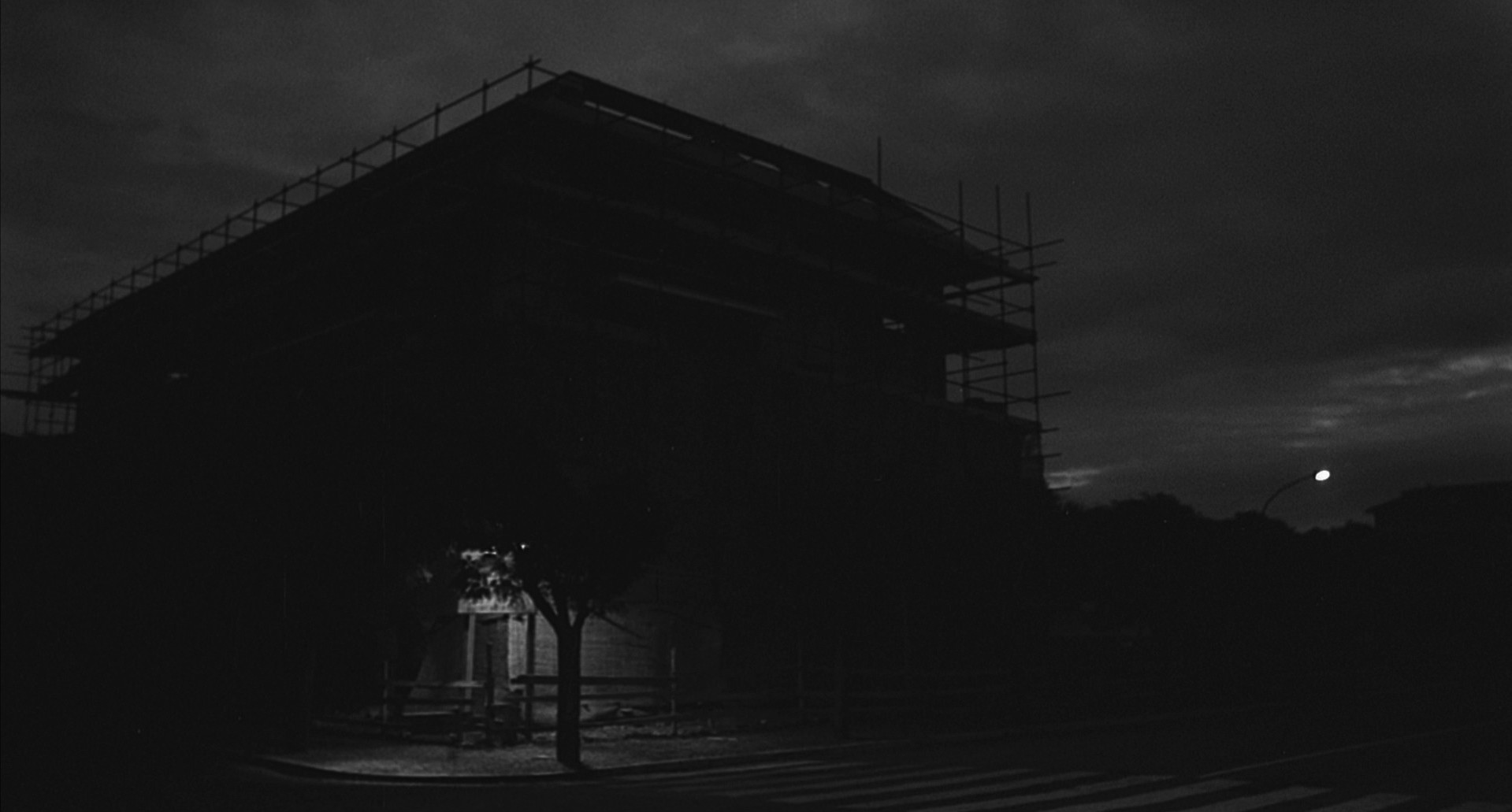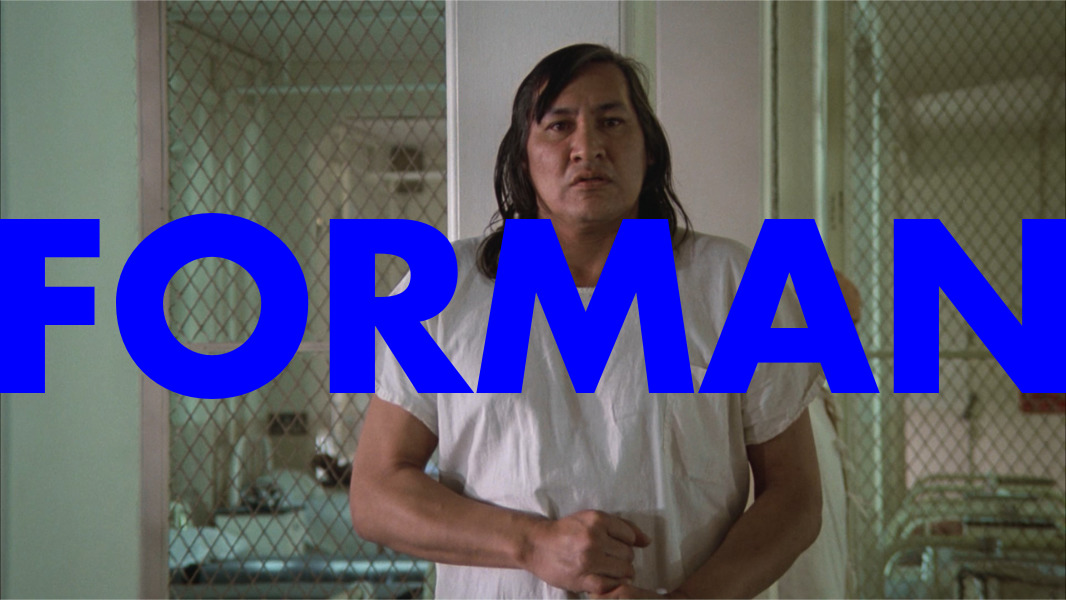


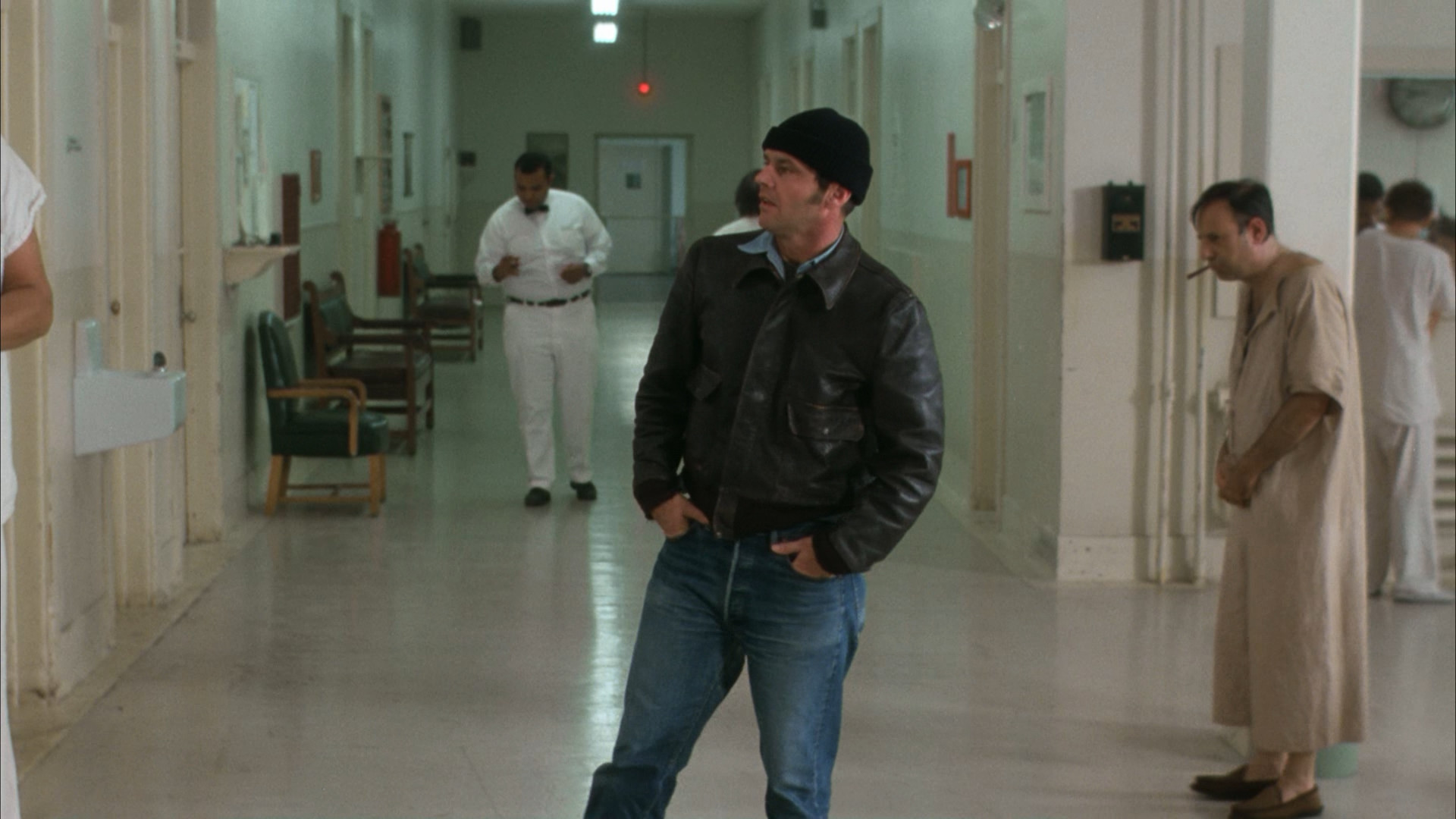

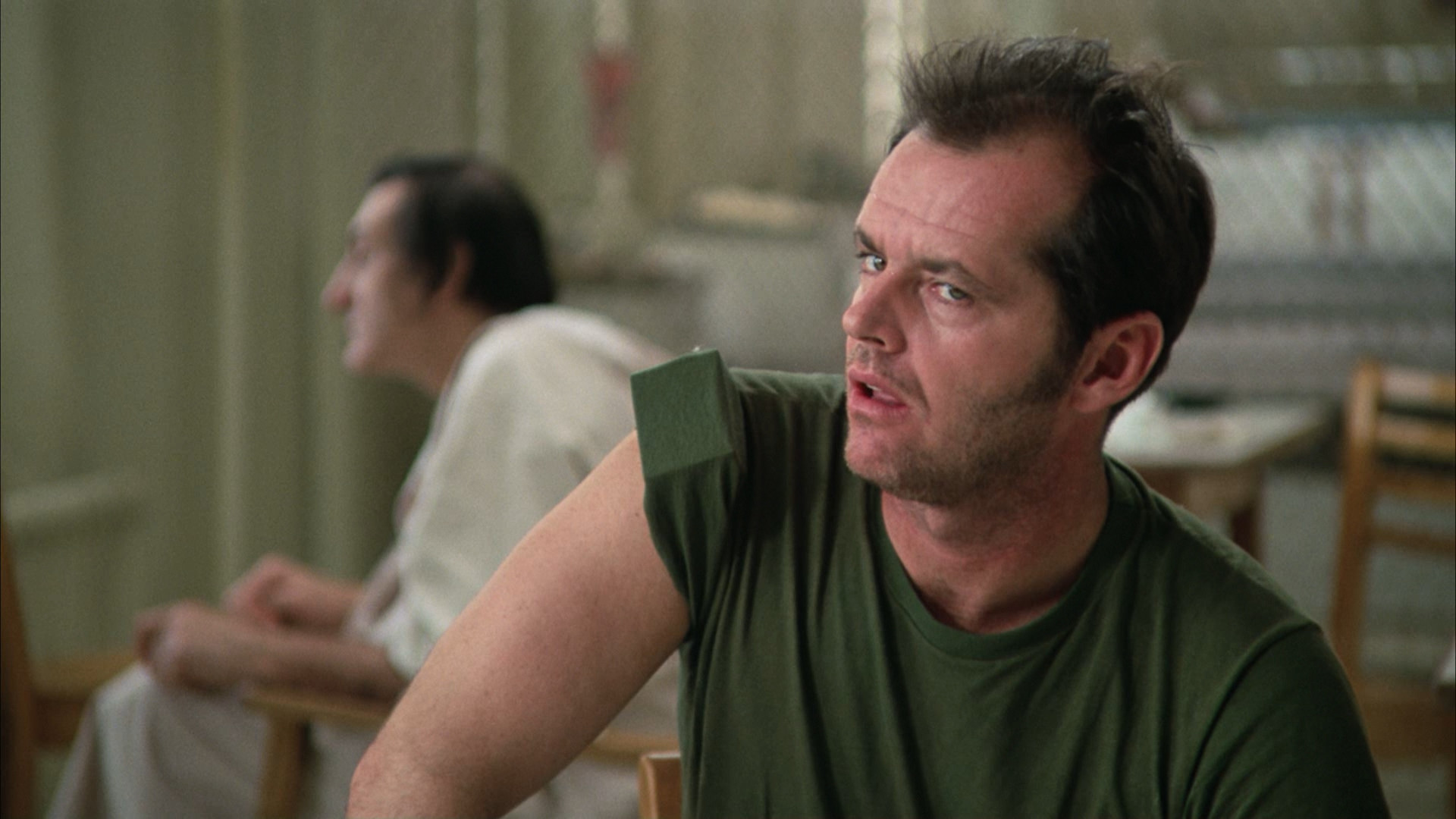

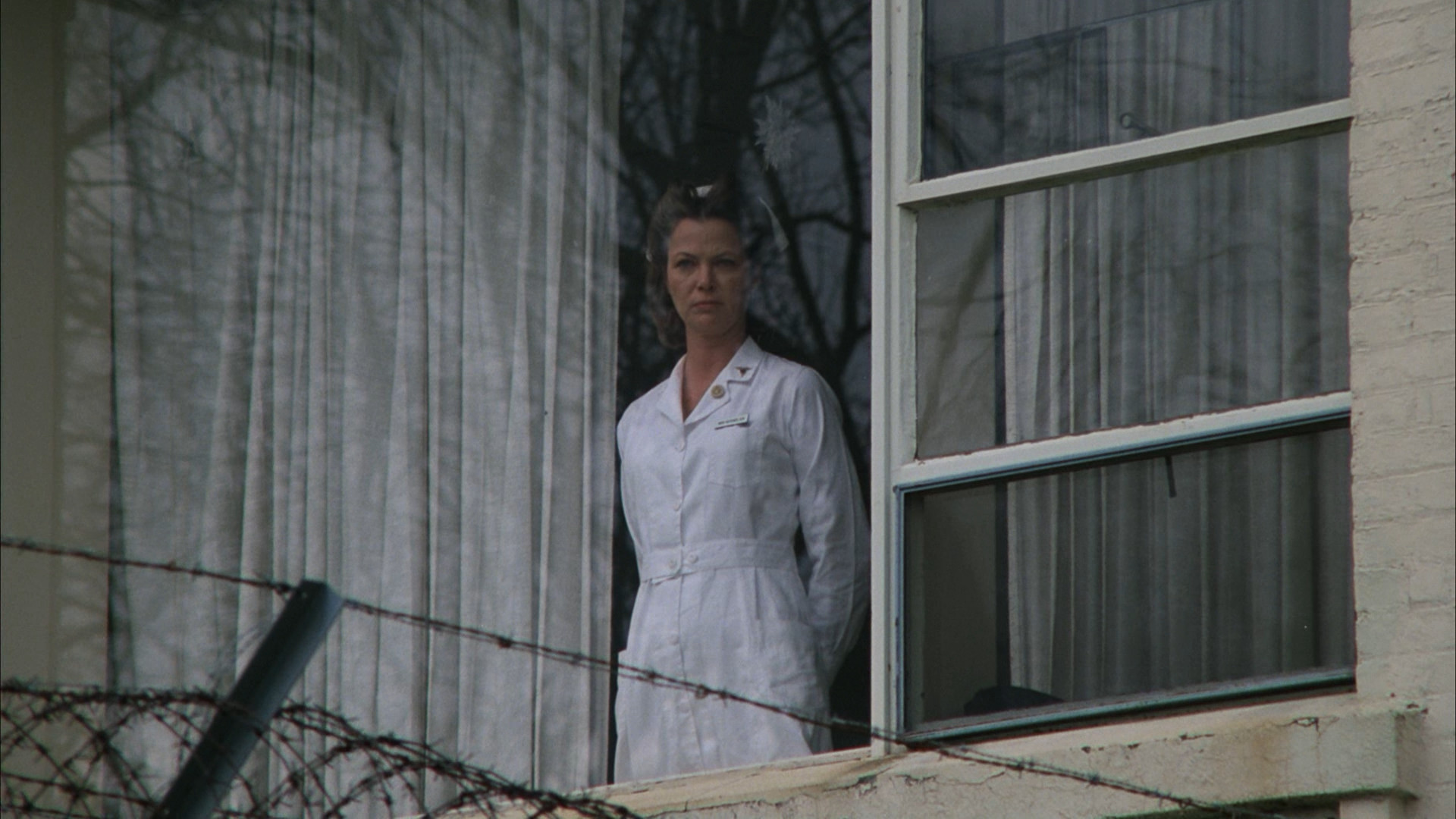
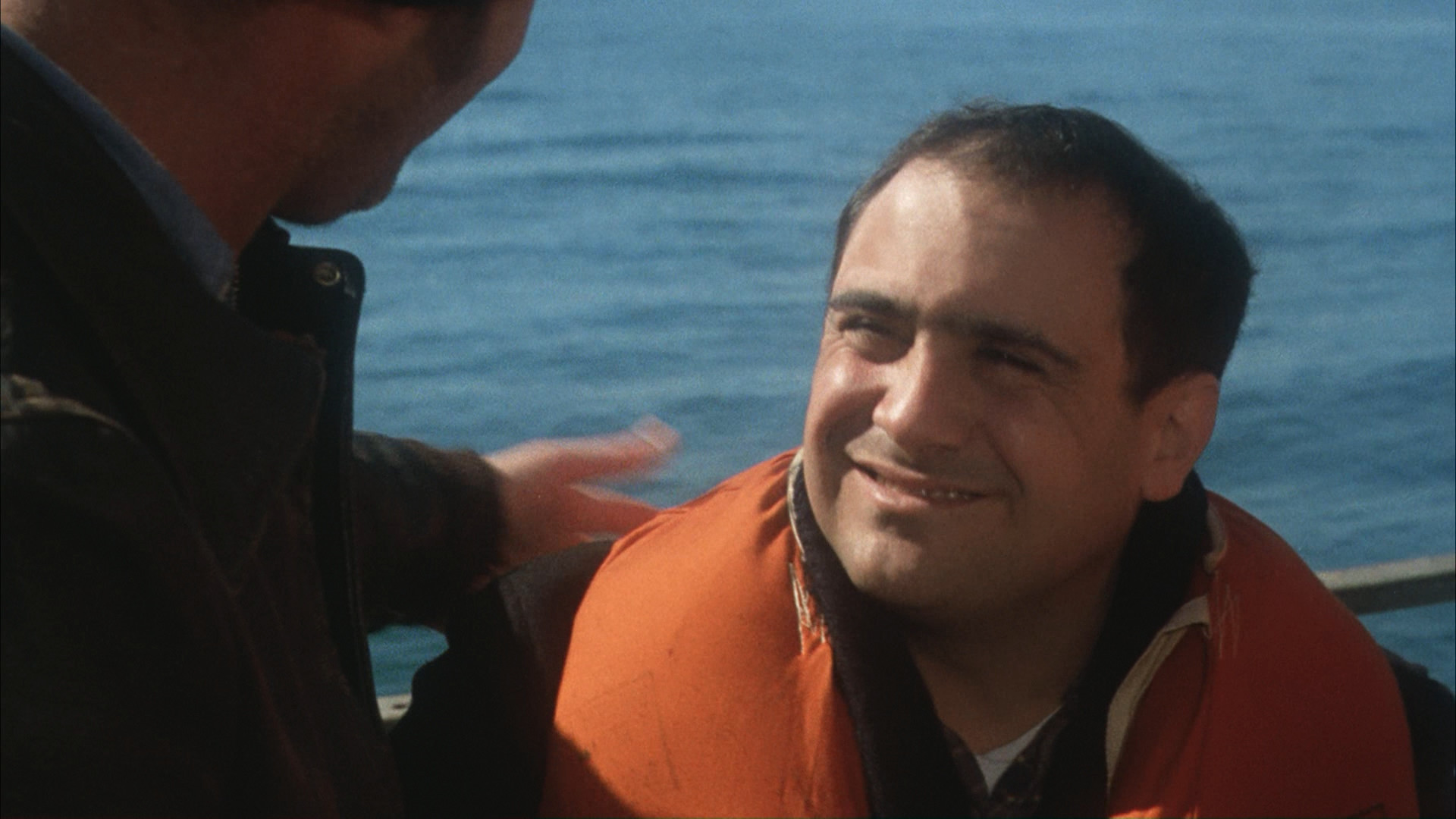

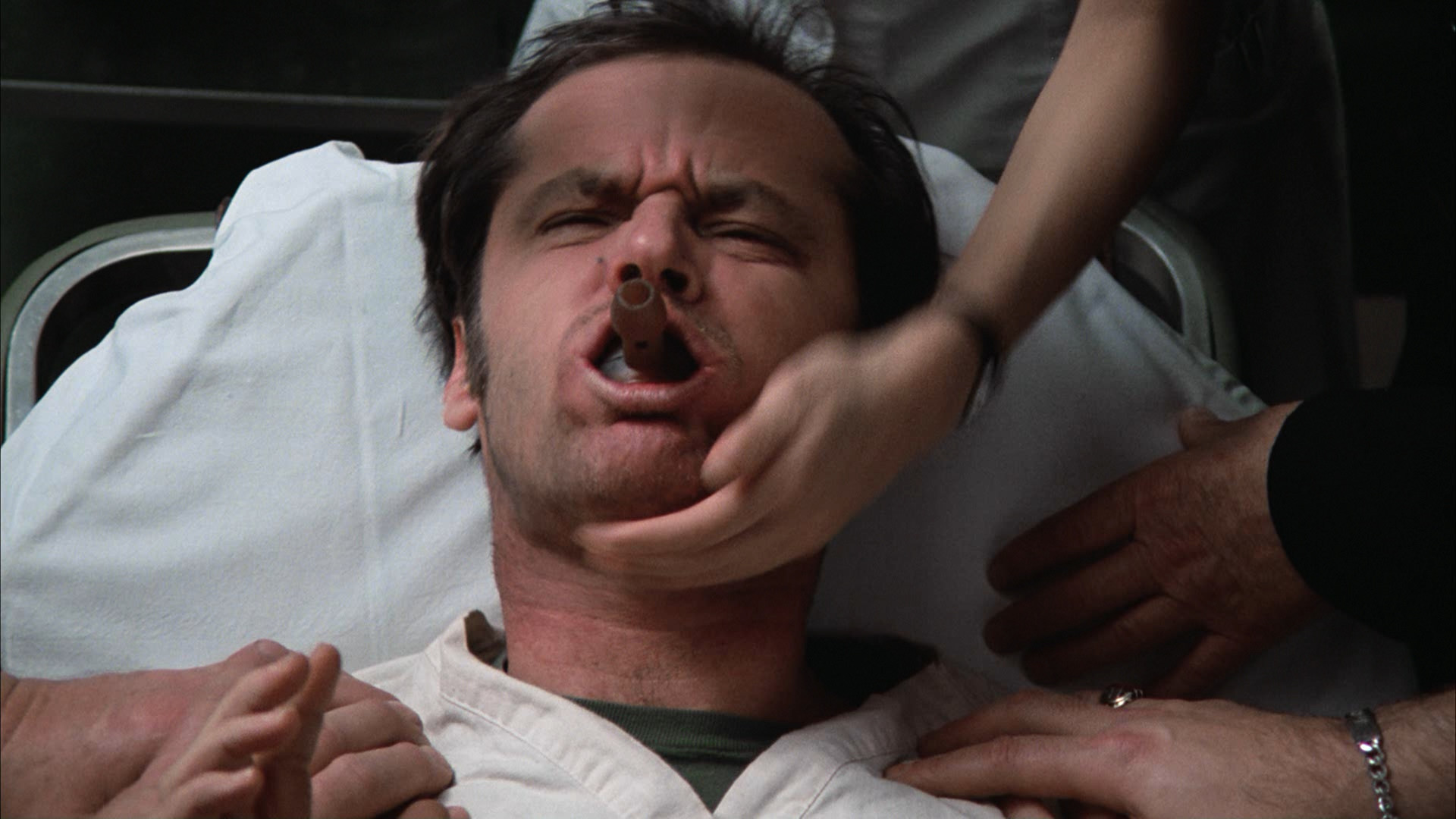
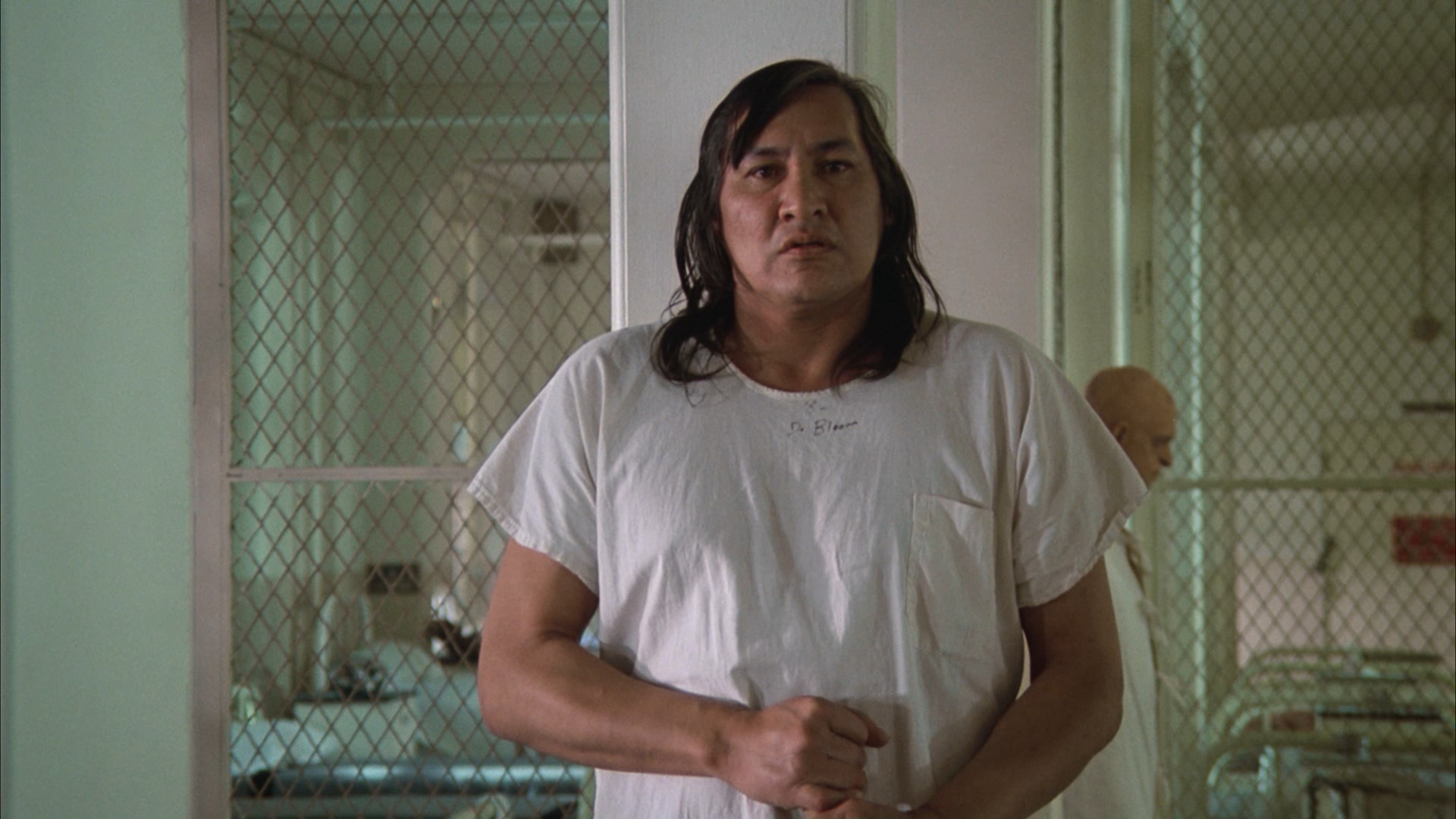
One Flew Over the Cuckoo’s Nest. Milos Forman. 1975. ⚄
I think I saw this when I was a child. I remember… it being sad? Yes. That’s all I remember. And I think I may have it confused with Birdy. And… Oh! Now I remember the Mad parody of it. There’s some pillow action at the end and a ratched nurse!
OK, that was a lot more than I remembered when I started writing that paragraph, but I’m basically unbiased and have no opinion about this movie.
Except that I’ve never seen a Milos Forman movie that I’ve liked. Details!
[a few minutes pass]
Nurse Ratched! I thought I was making a joke! But that’s her name.
[more time passes]
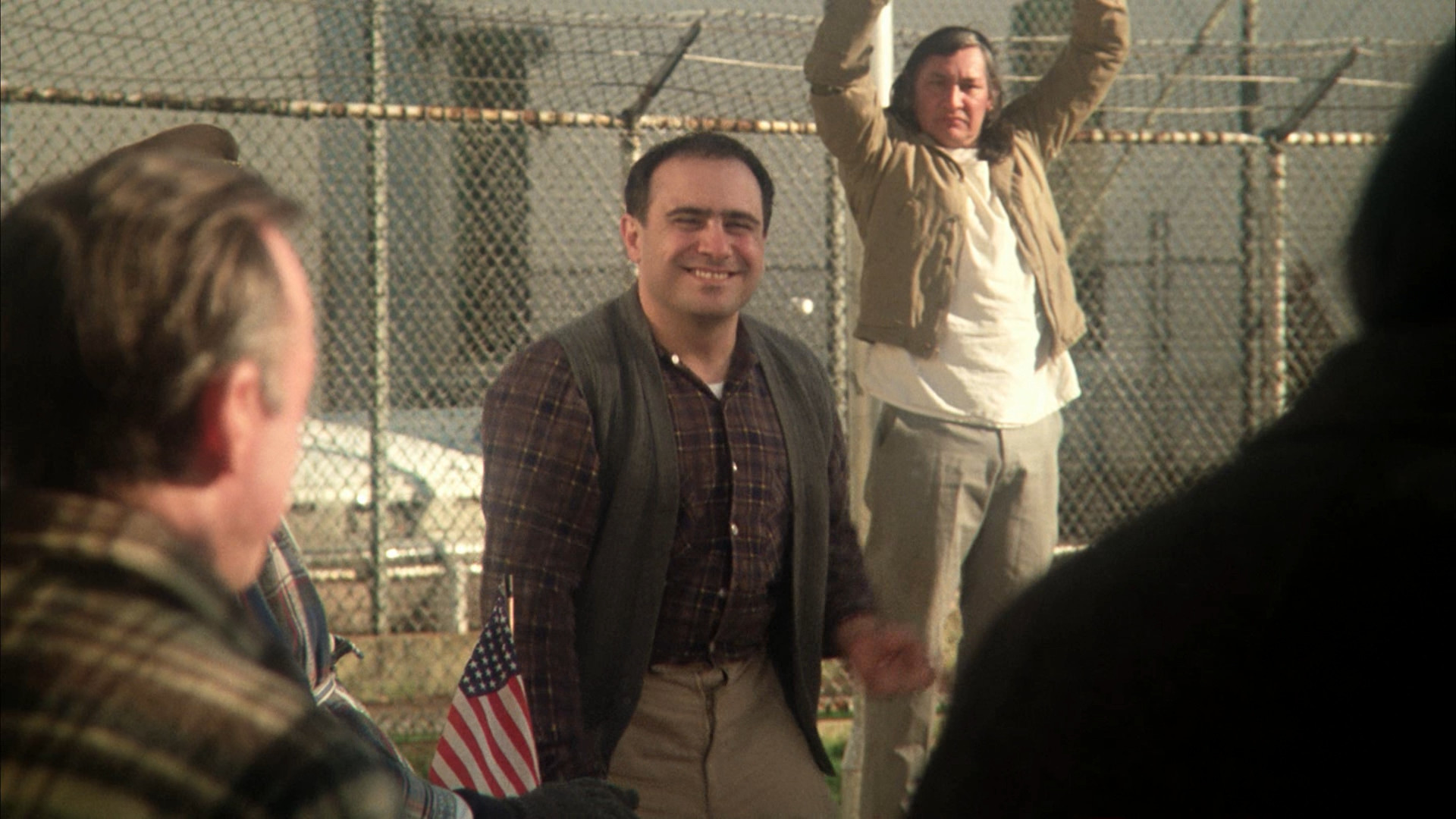
THAT”S DANNY DEVITO!?
Man.
Anyway, I’m really impressed by some of the performances here. Playing mentally ill people often brings out the worst in actors — you can see the “THIS IS THE OSCAR PERFORMANCE” swirling in their eyes while they’re chewing up the scenery — but here it’s… I won’t say restrained, but it’s almost believable.
Perhaps Danny DeVito in particular.
Louise Fletcher is convincing to begin with, but as her layers of sheer eeeevil are peeled back… not so much. It still won her an Oscar. (But it took home all the Oscars that year, so…)
[more time passes]
I do like this movie a lot. It manages to balance a surprisingly light touch with a story that, from the outset, can’t end in anything but tragedy. It’s melancholic throughout, even in the “fun” scenes.
The only thing that didn’t quite work for me was the party scene towards the end. It didn’t really seem to be necessary for the movie? It was just like… “insert wild 70s scene here”…
Anyway, surprisingly good movie.
I mean, it is Milos Forman.
This blog post is part of the Officially The Best series.
